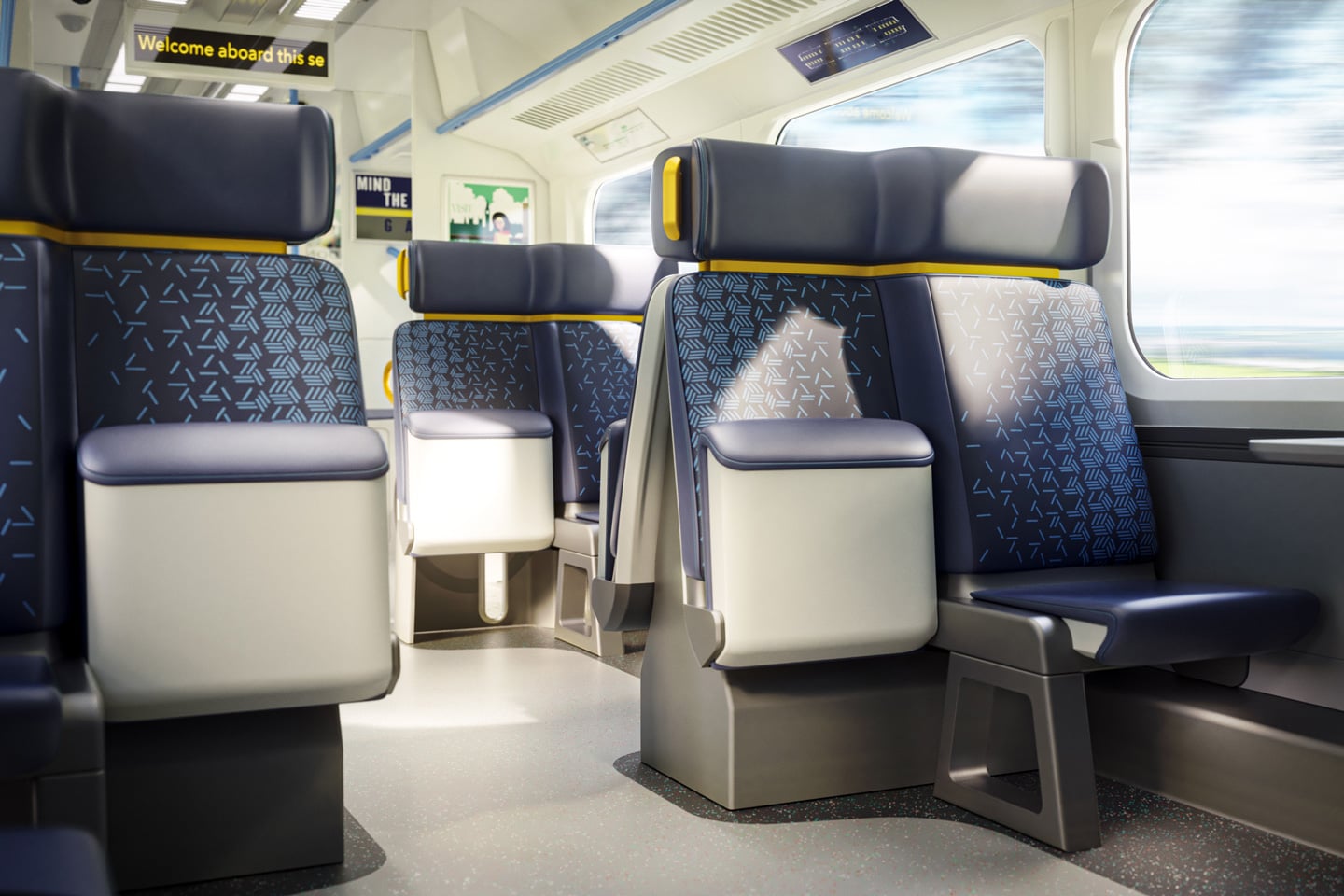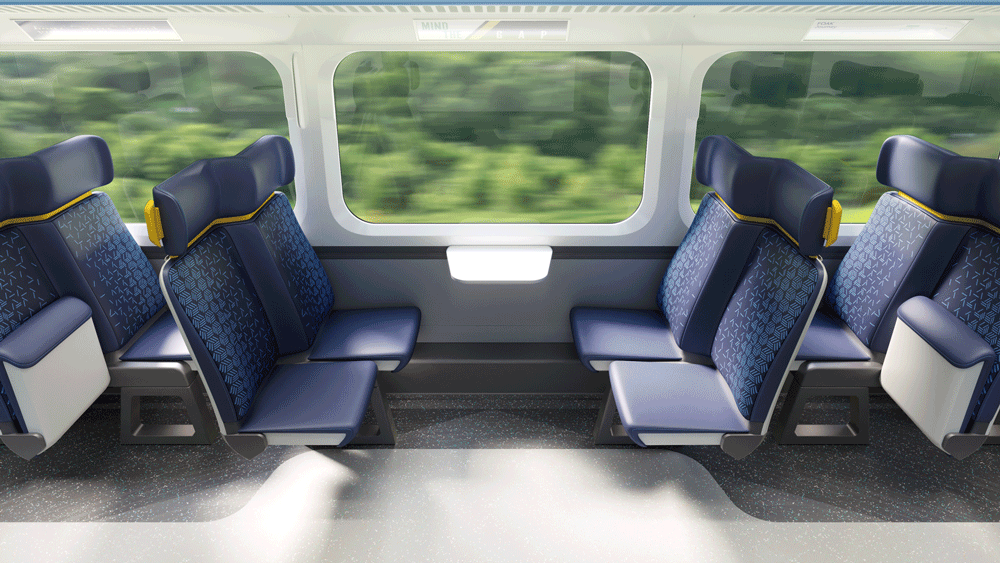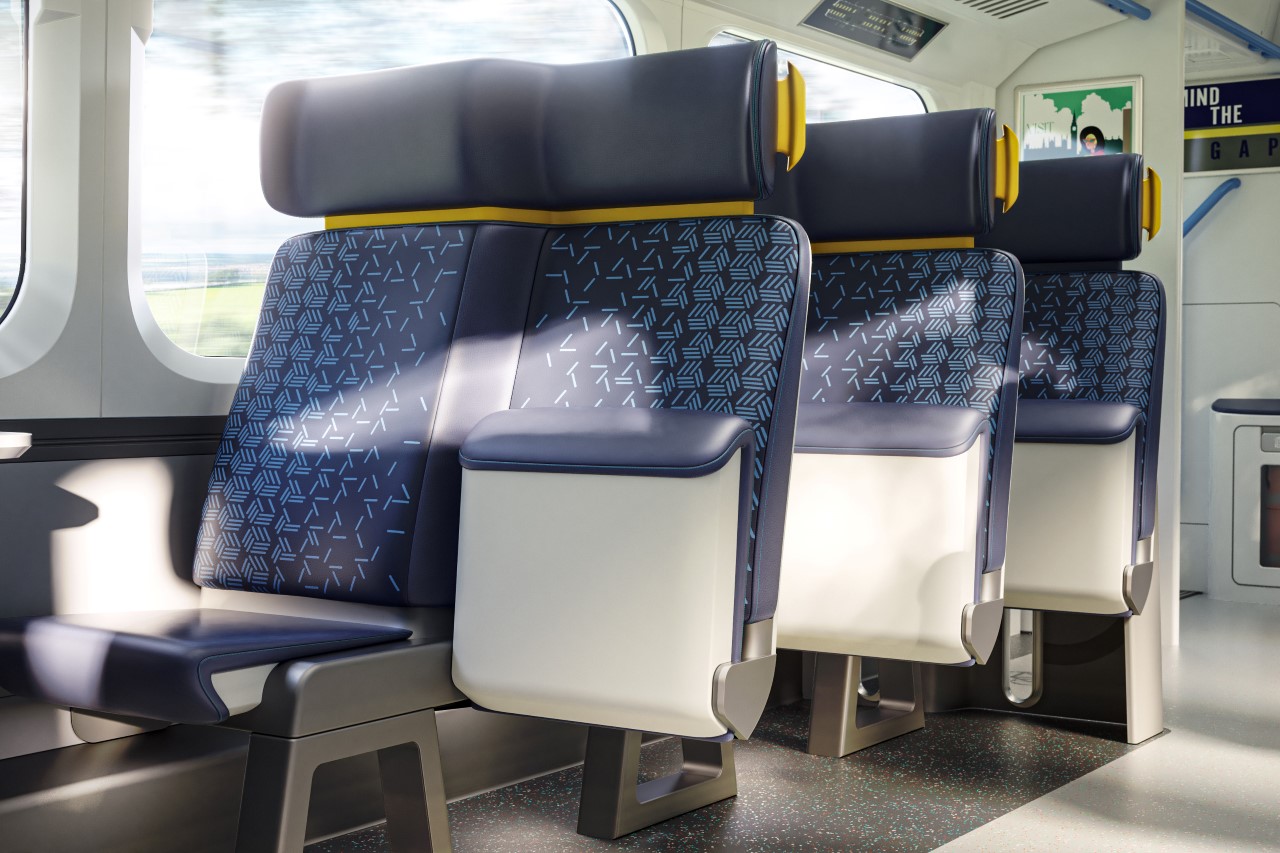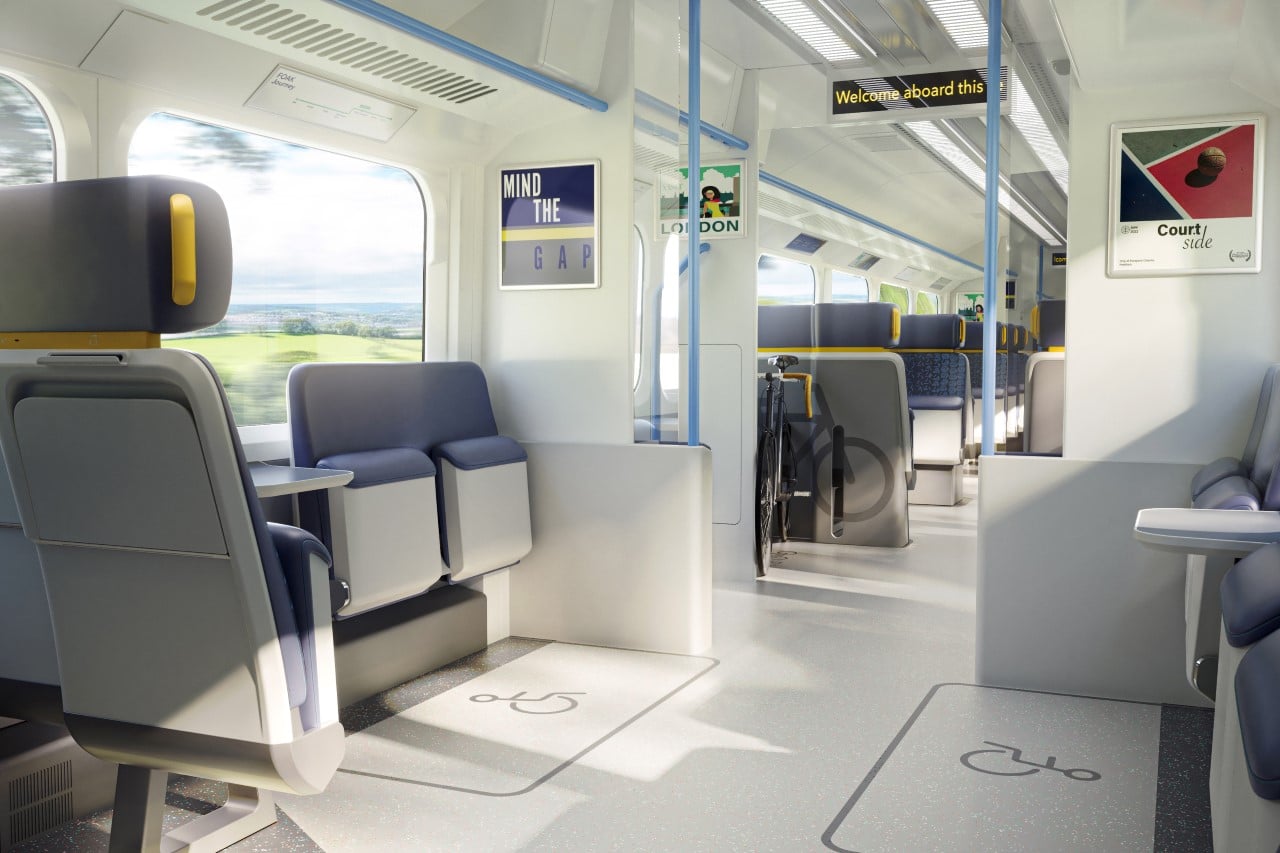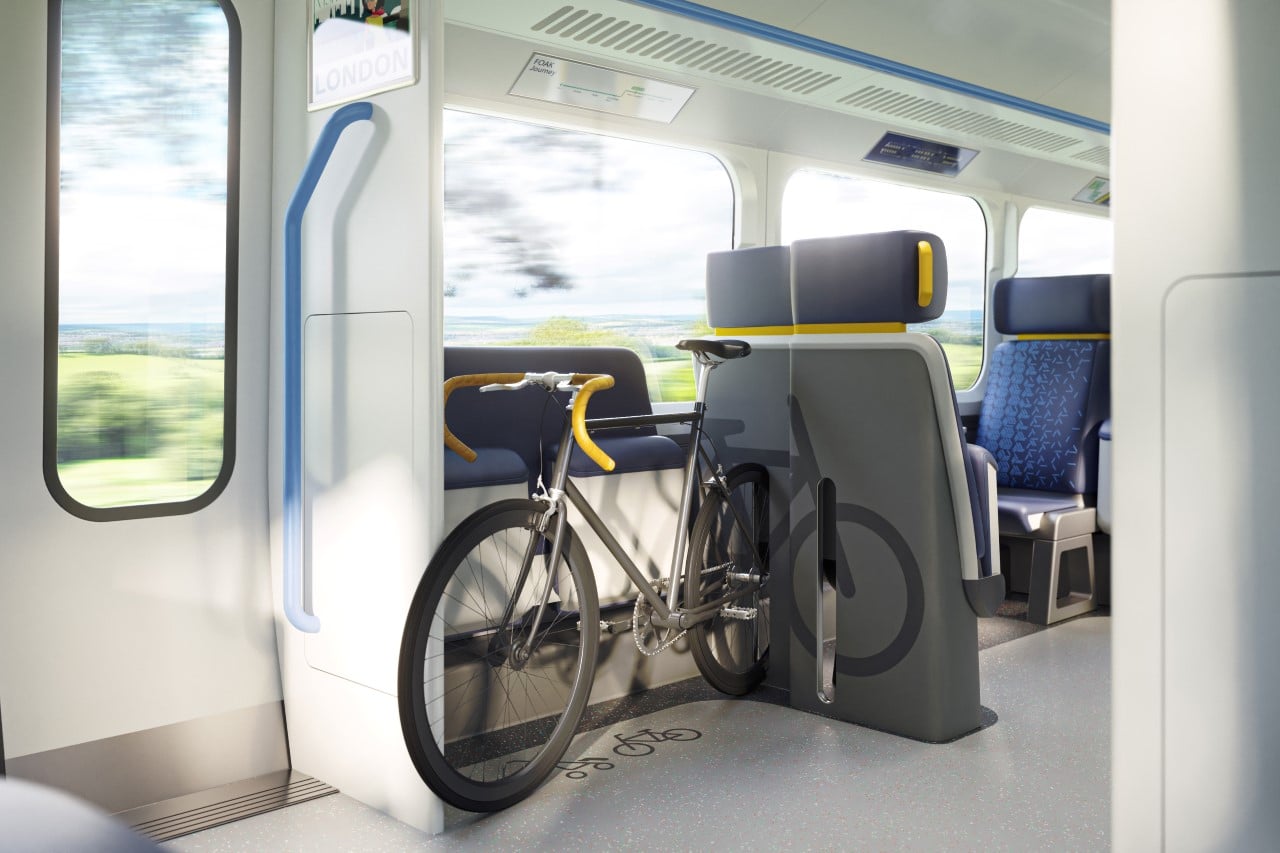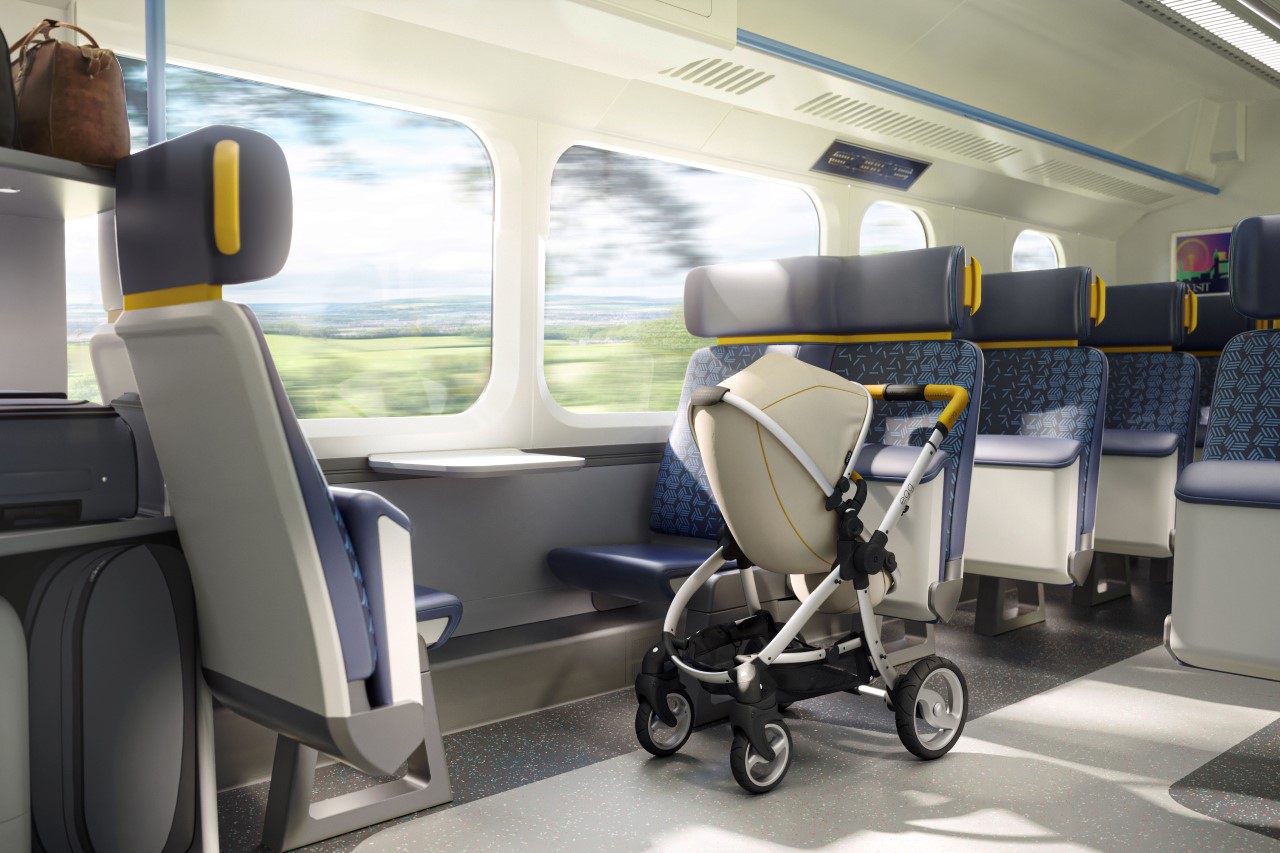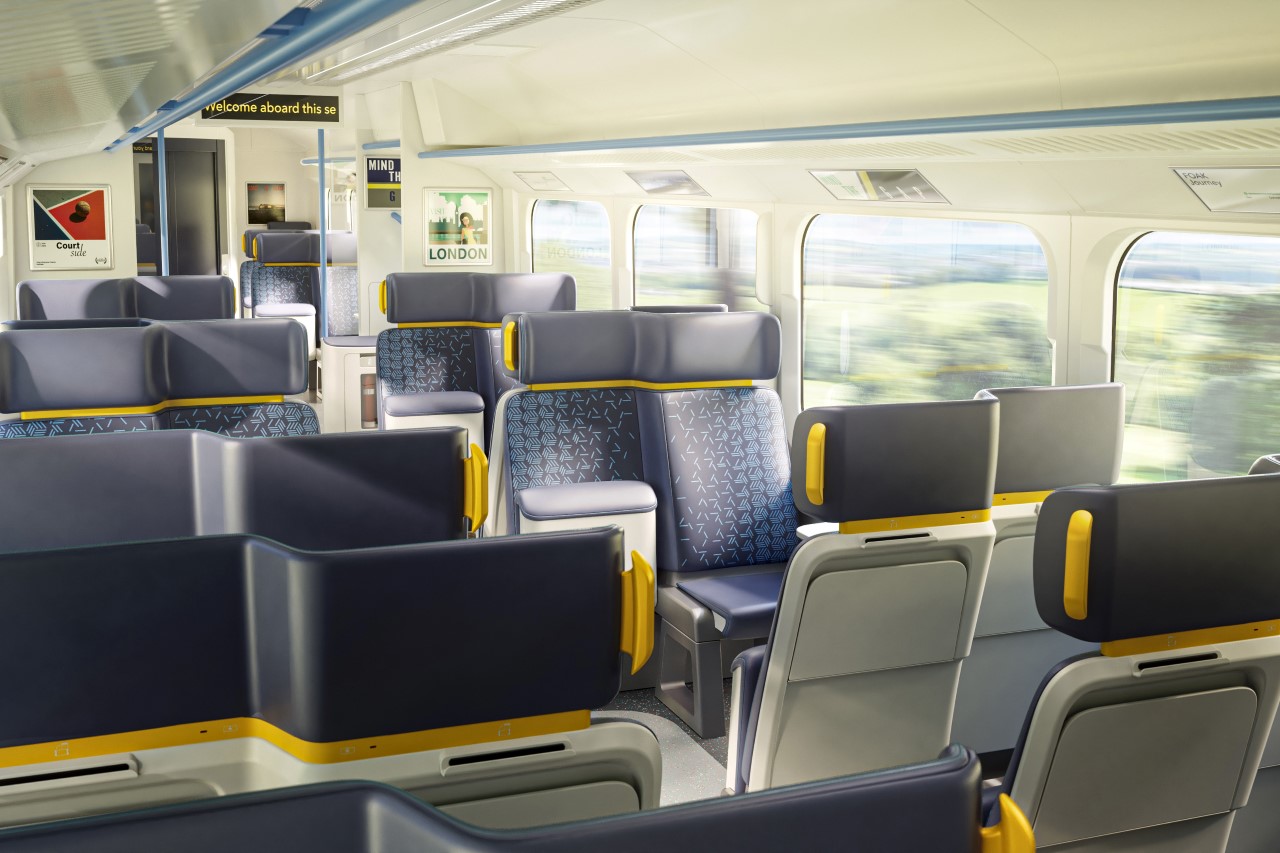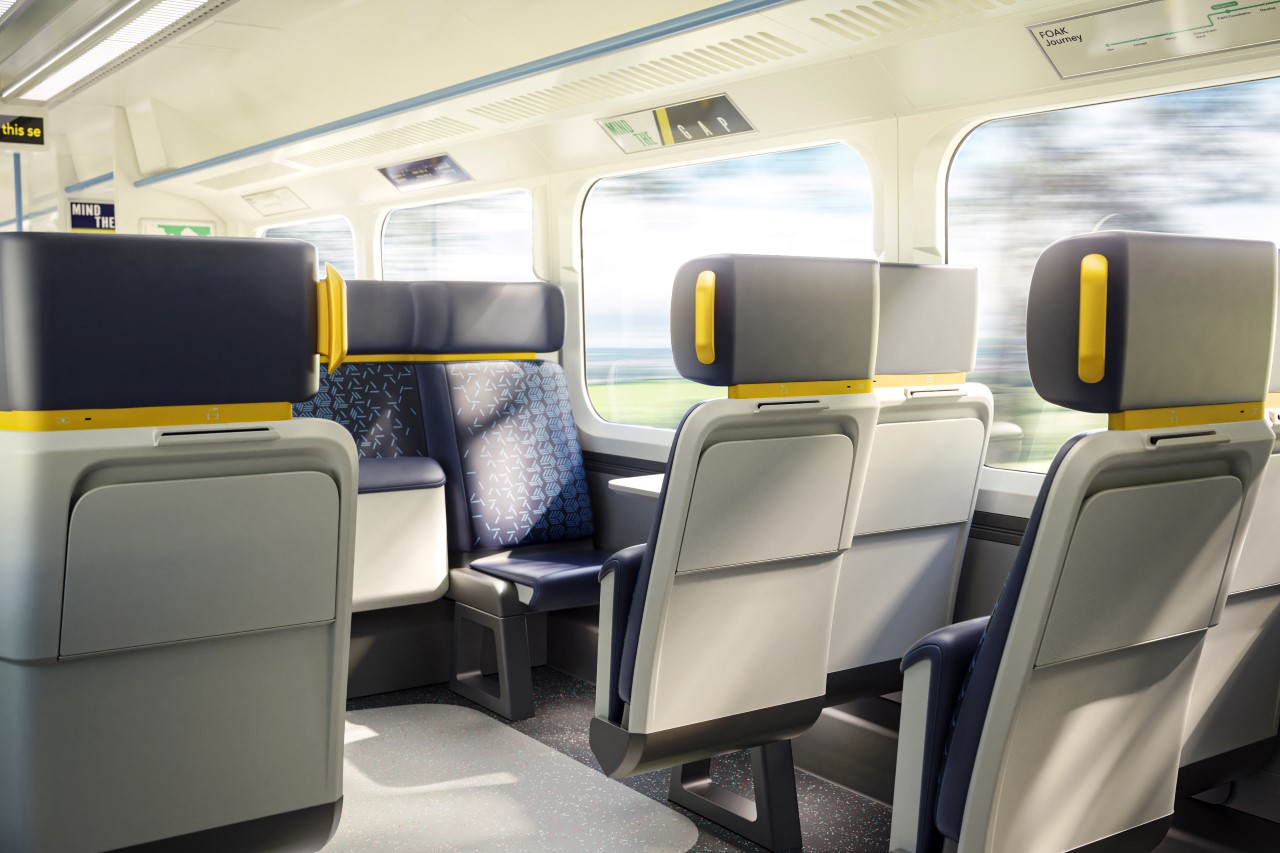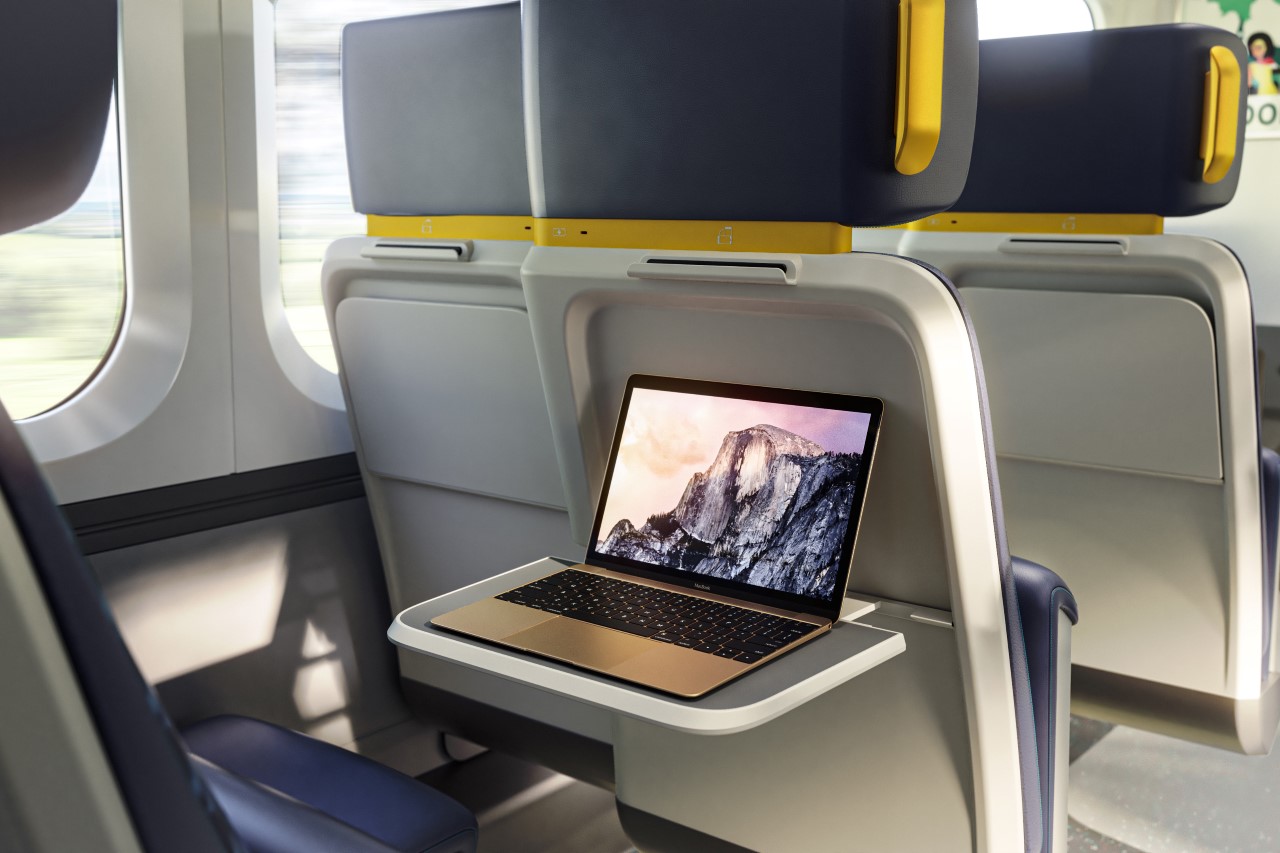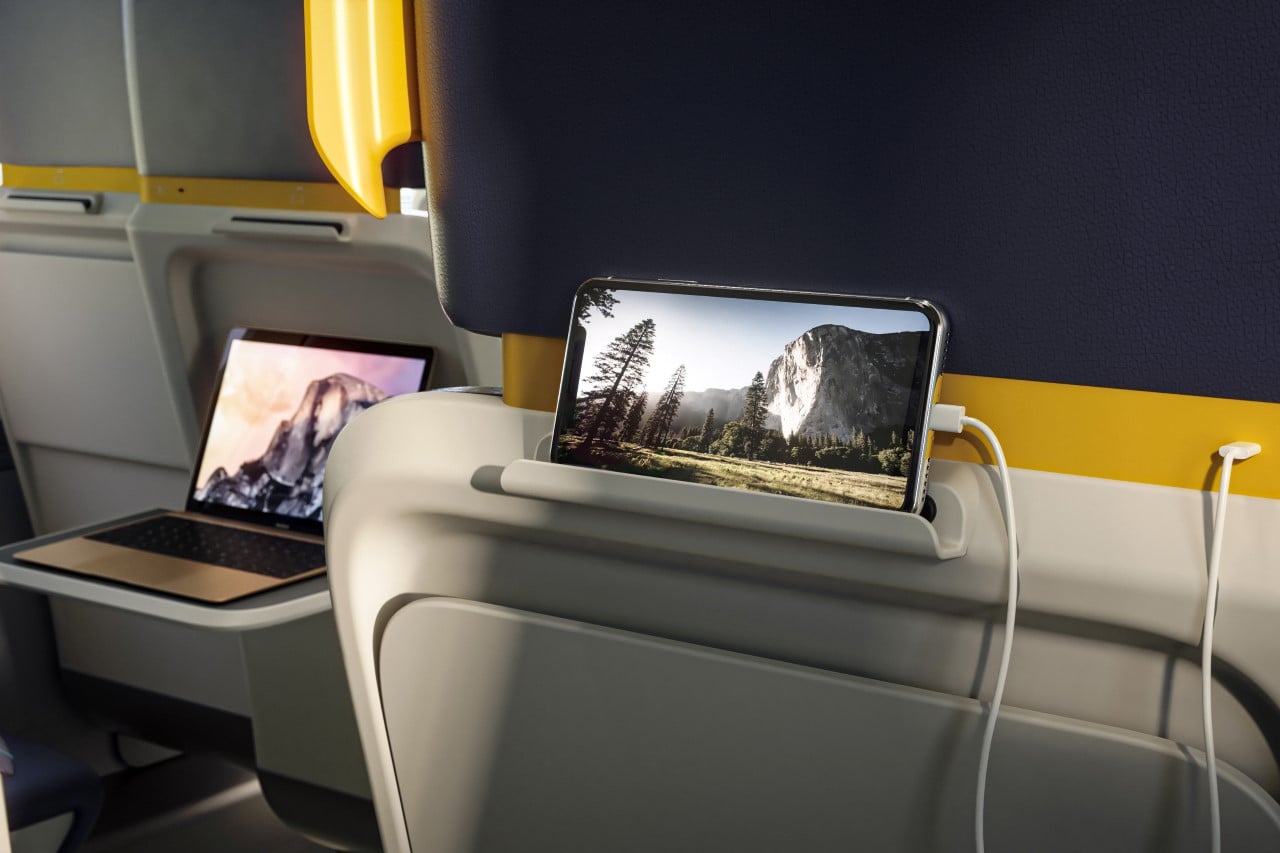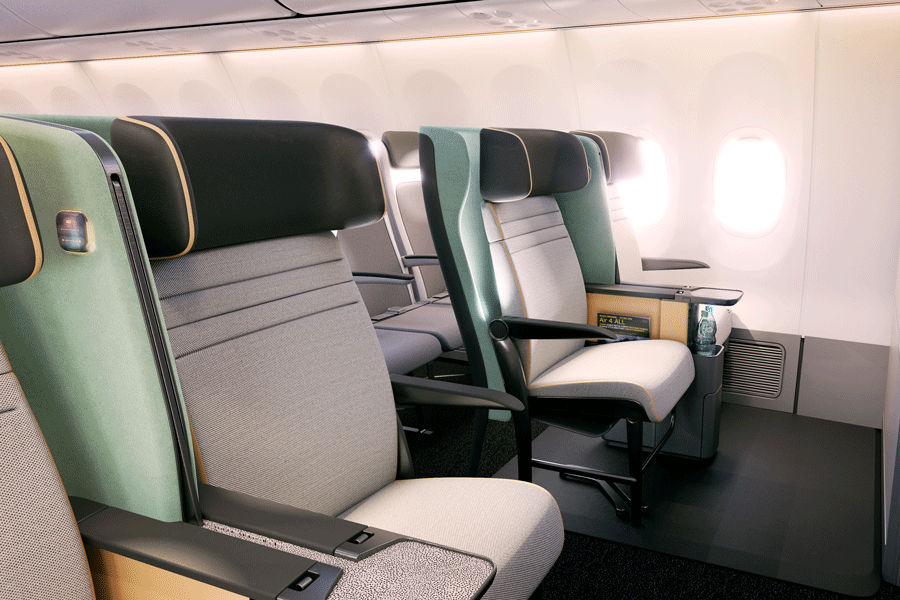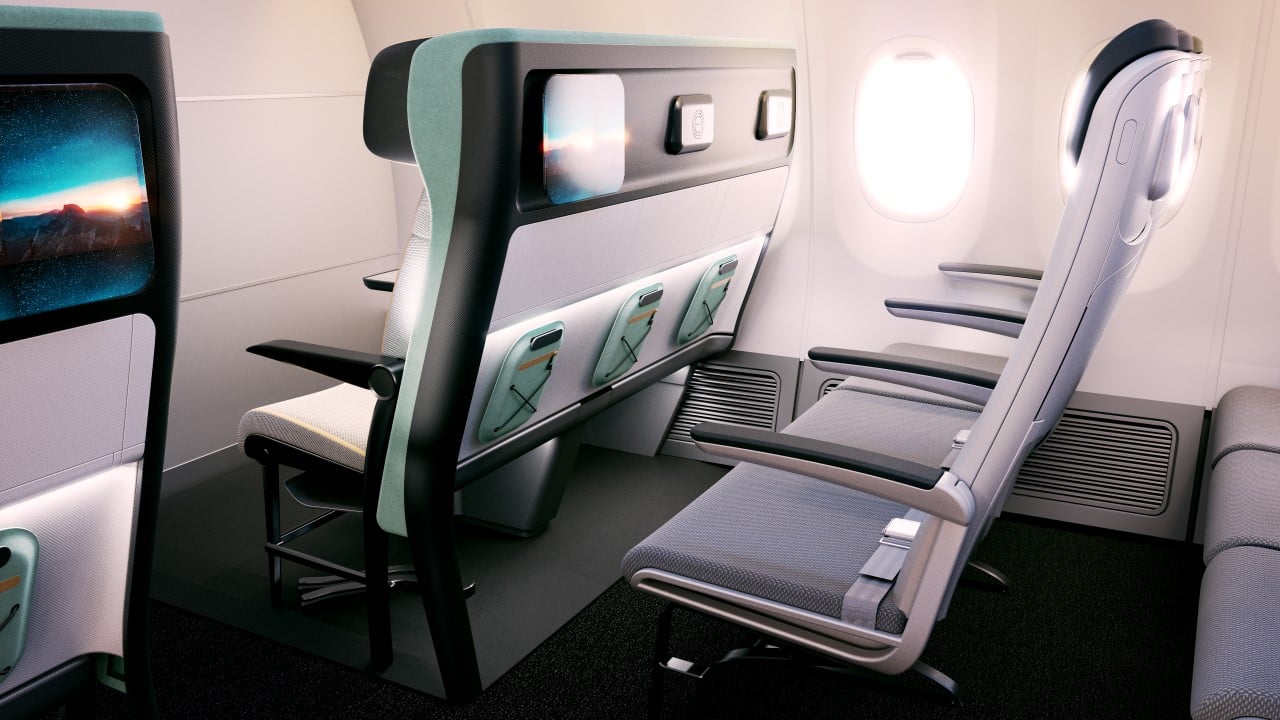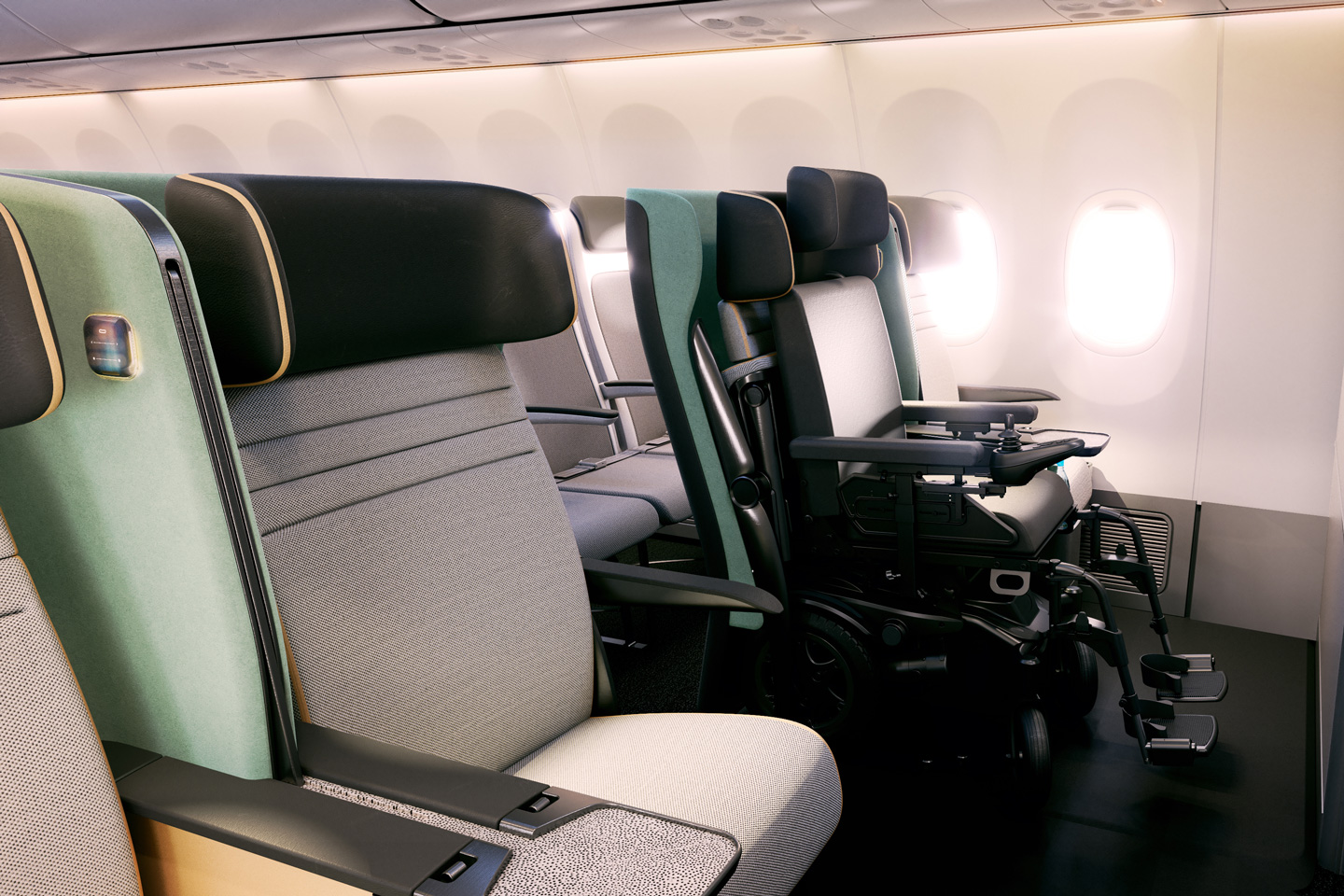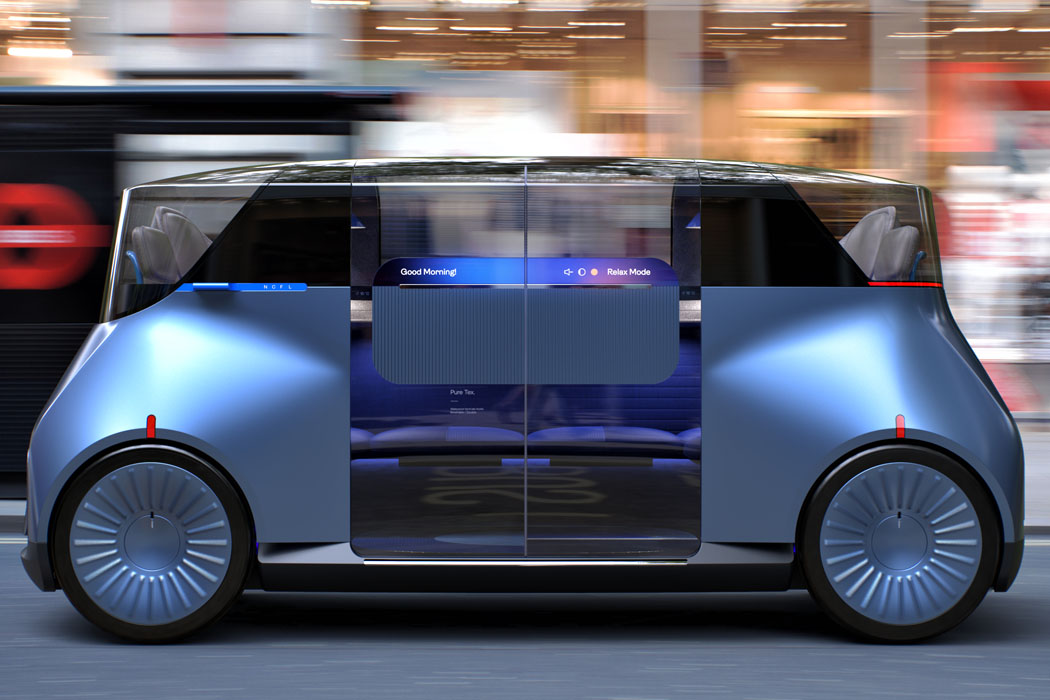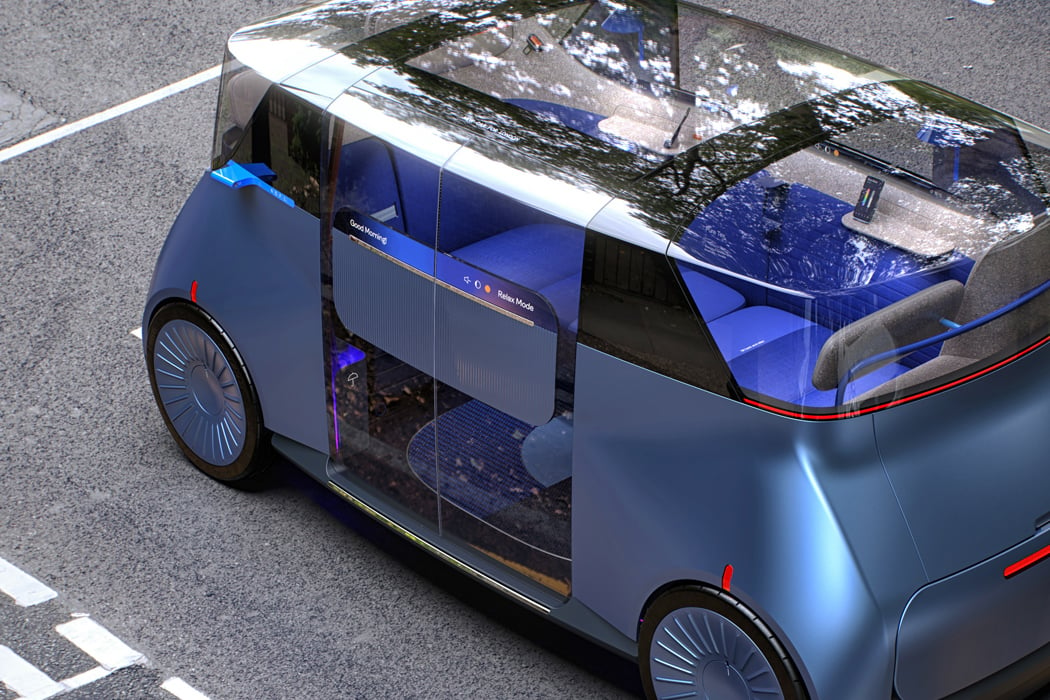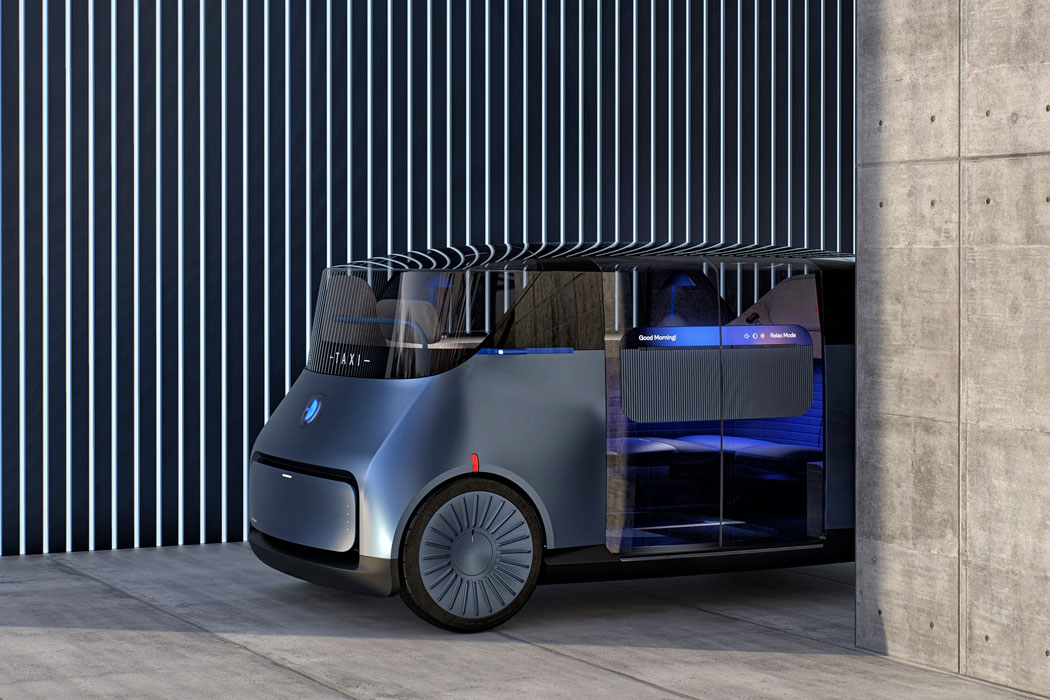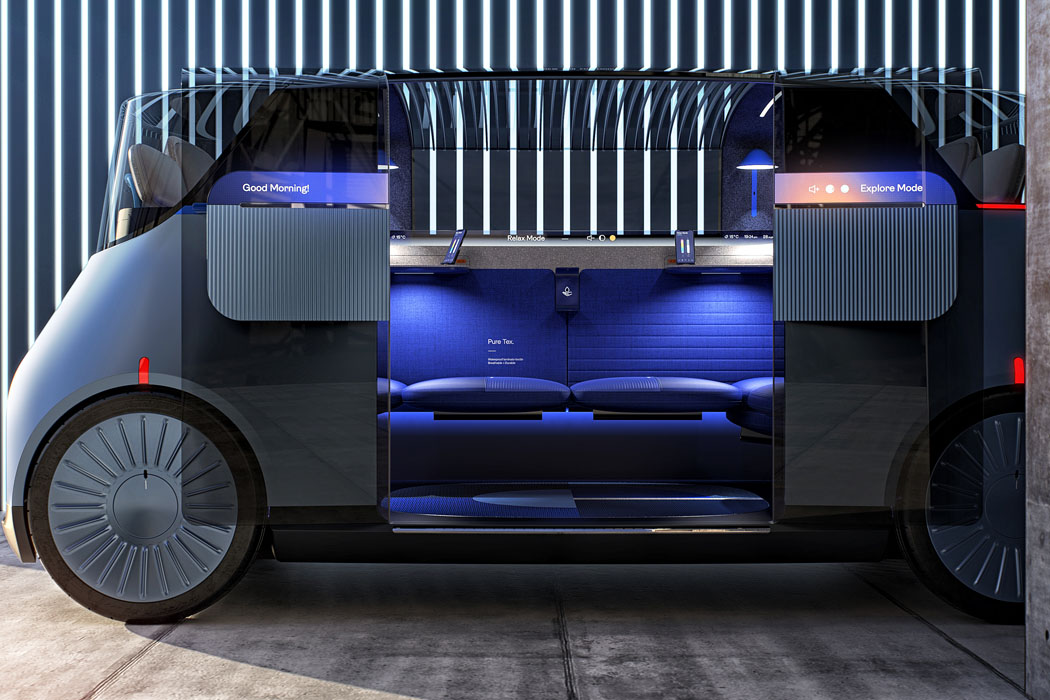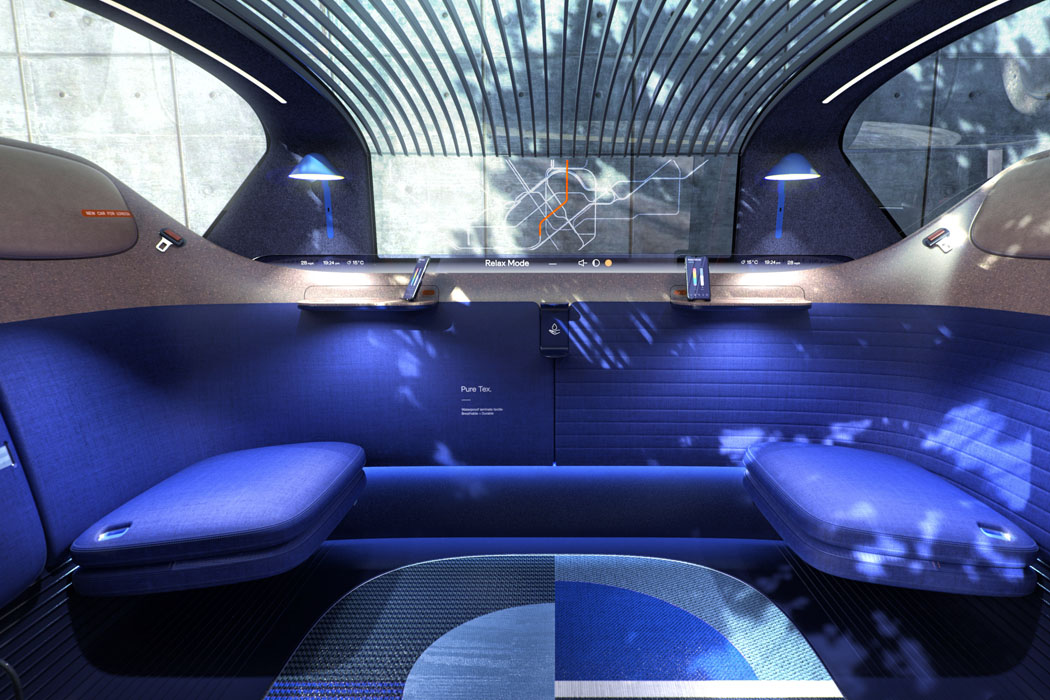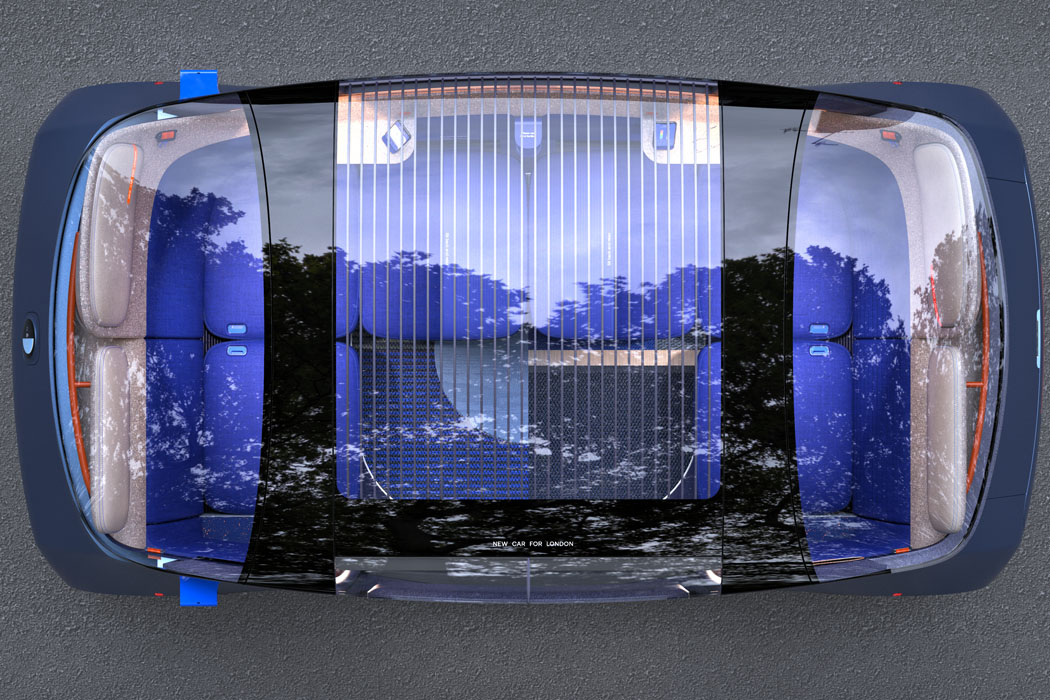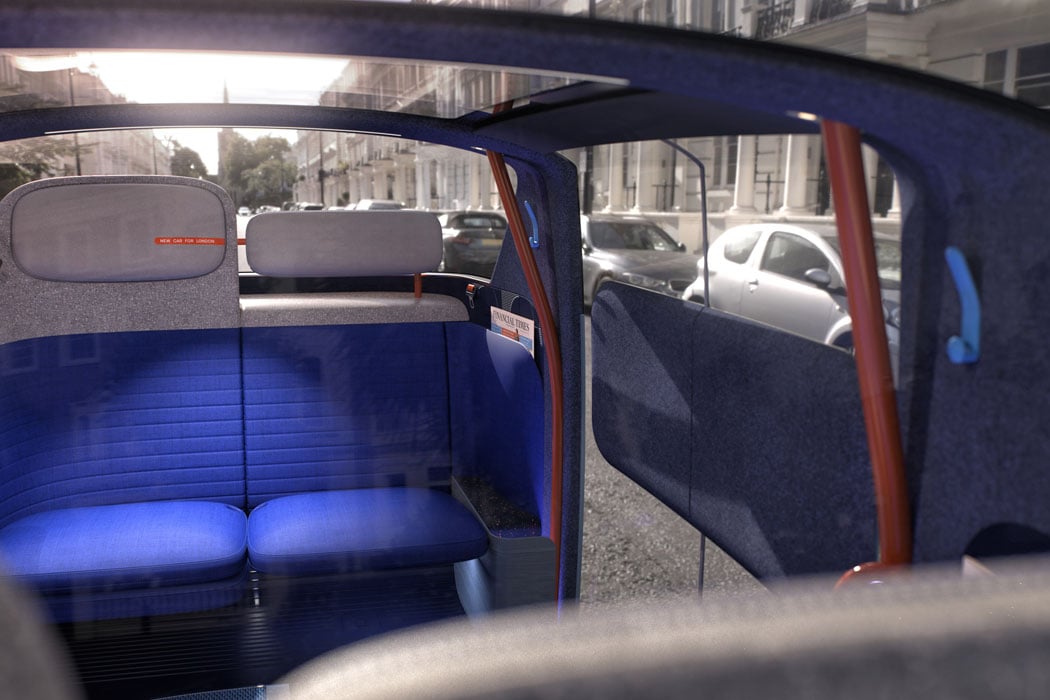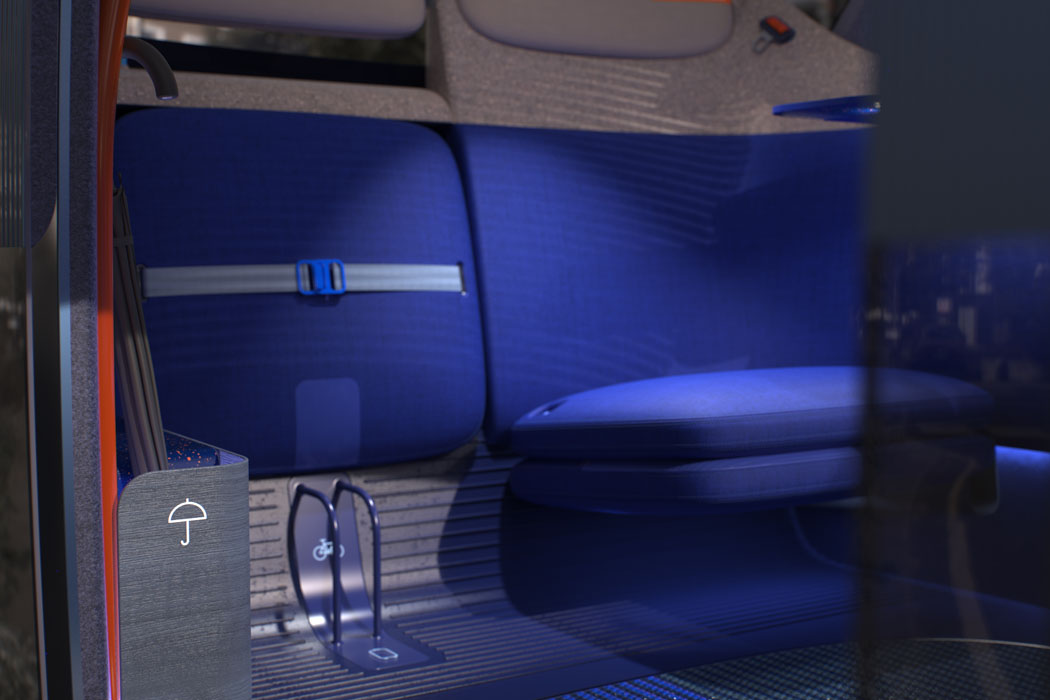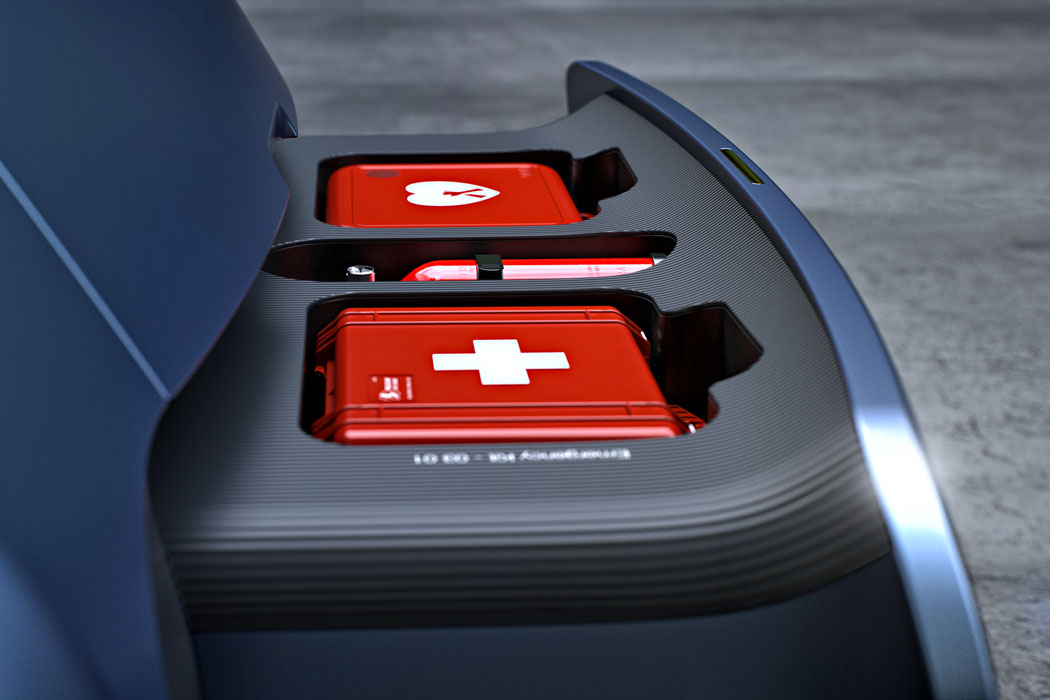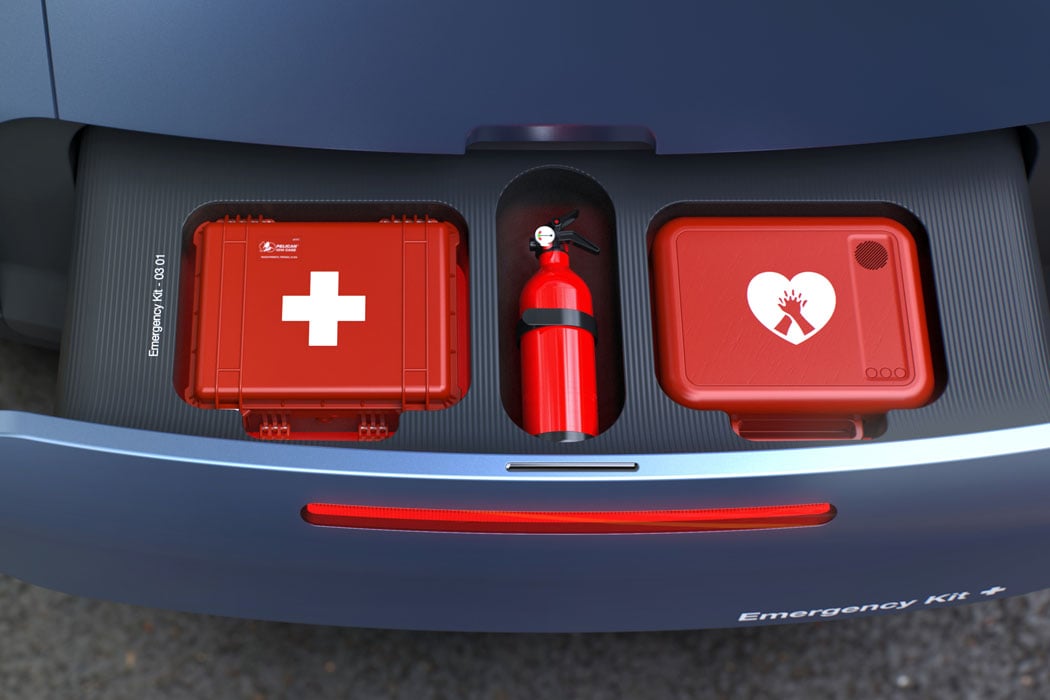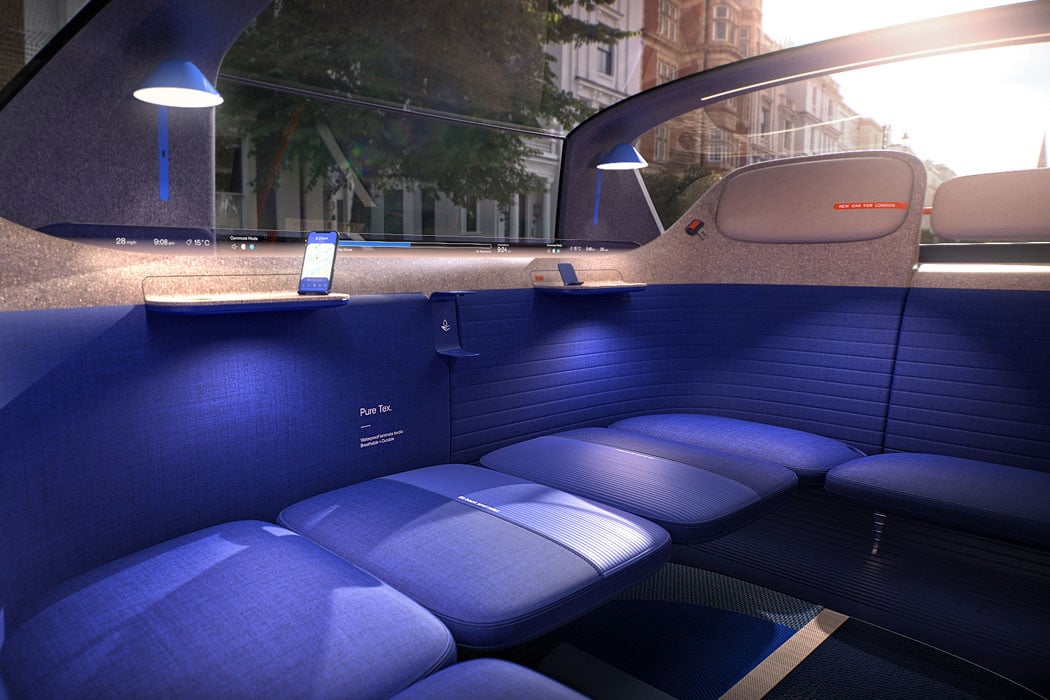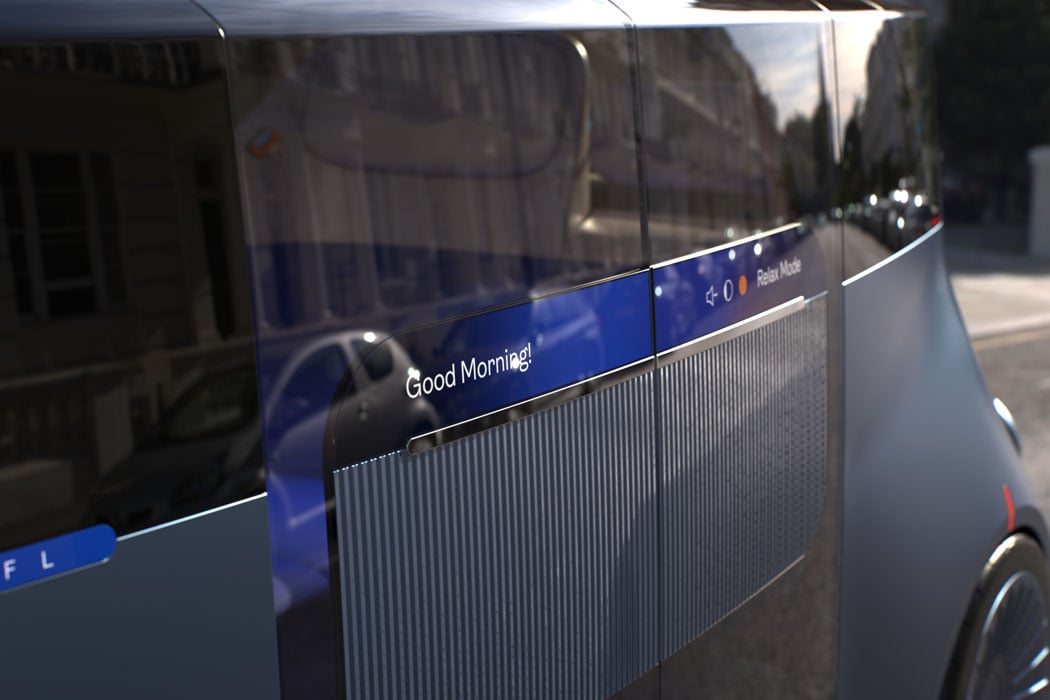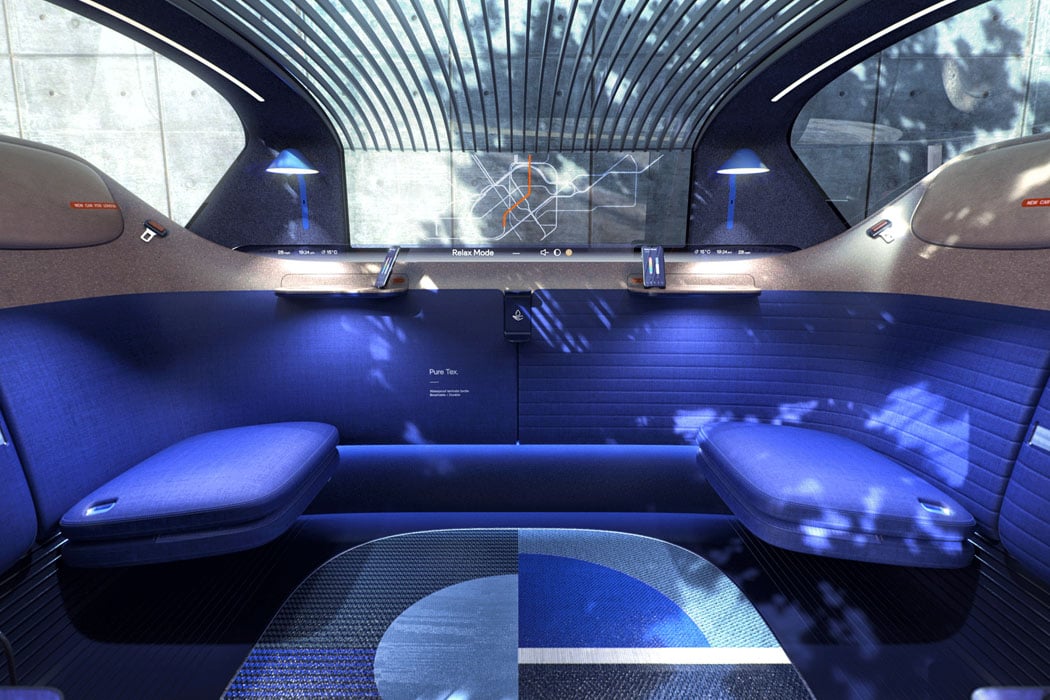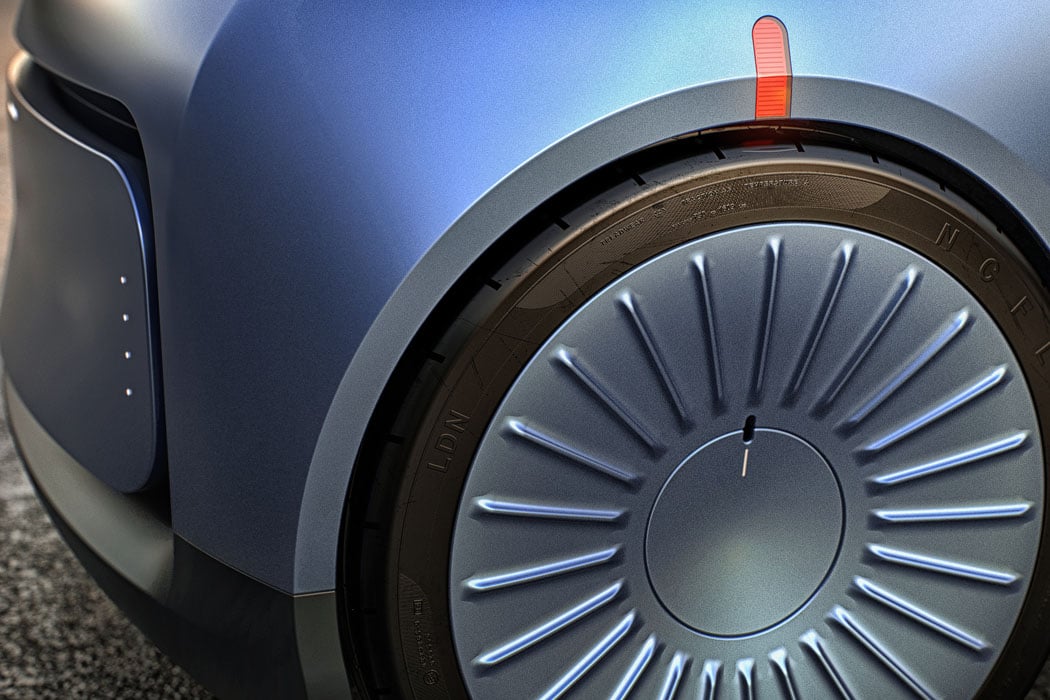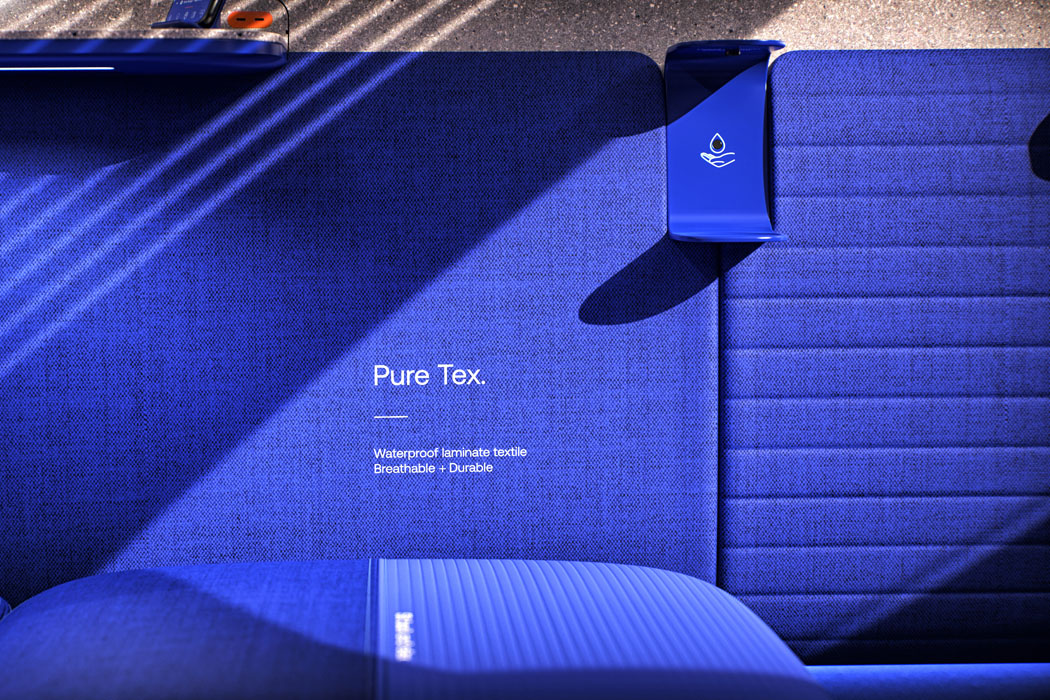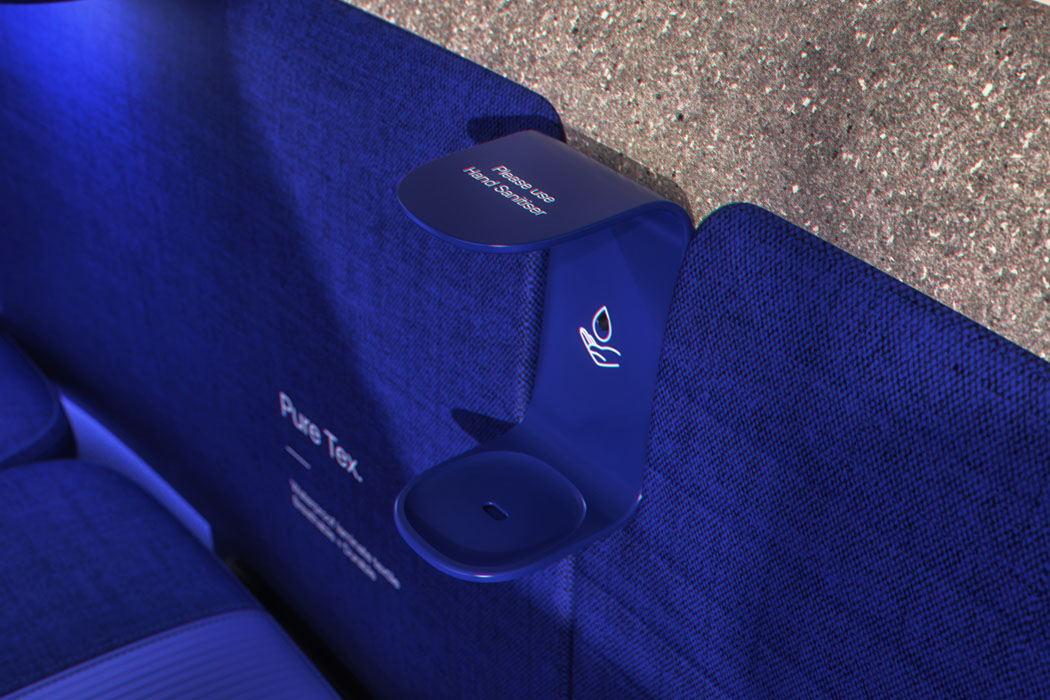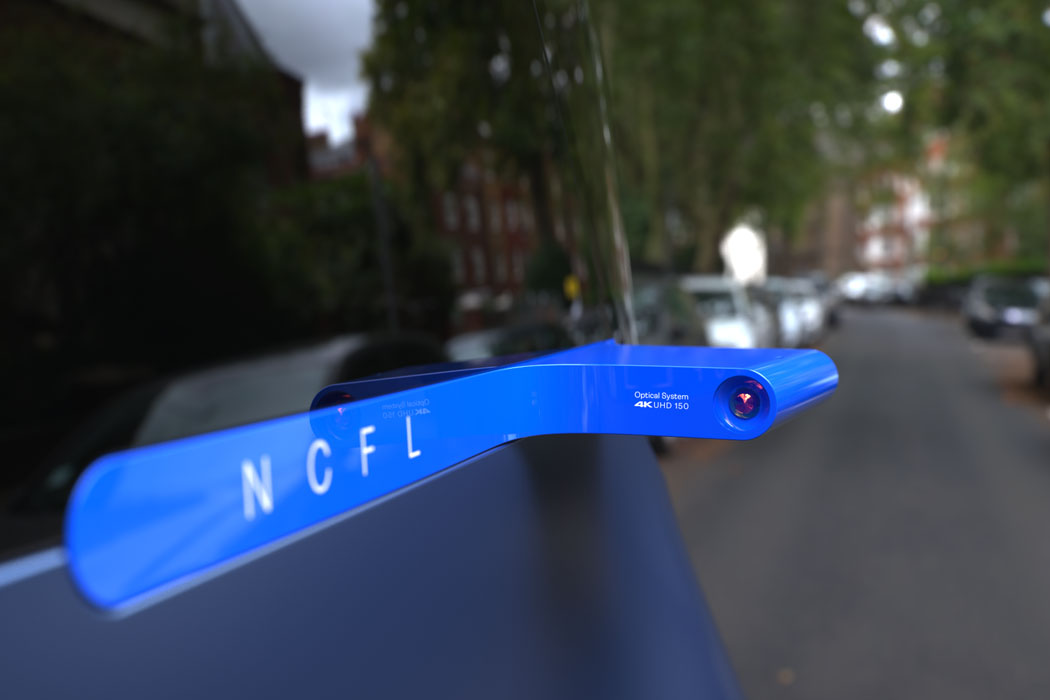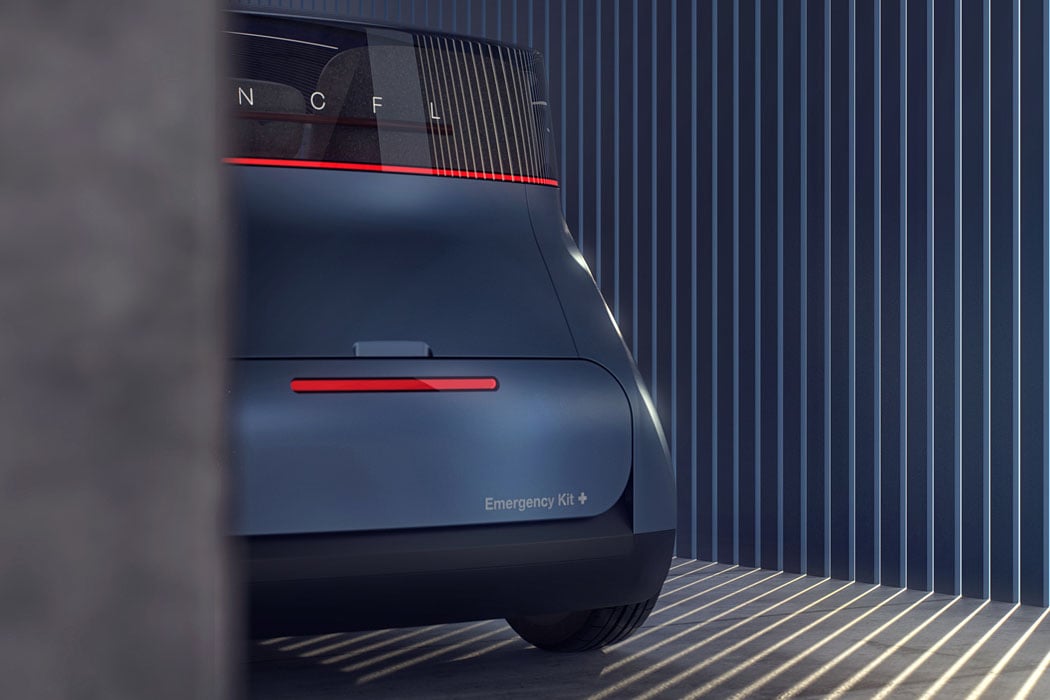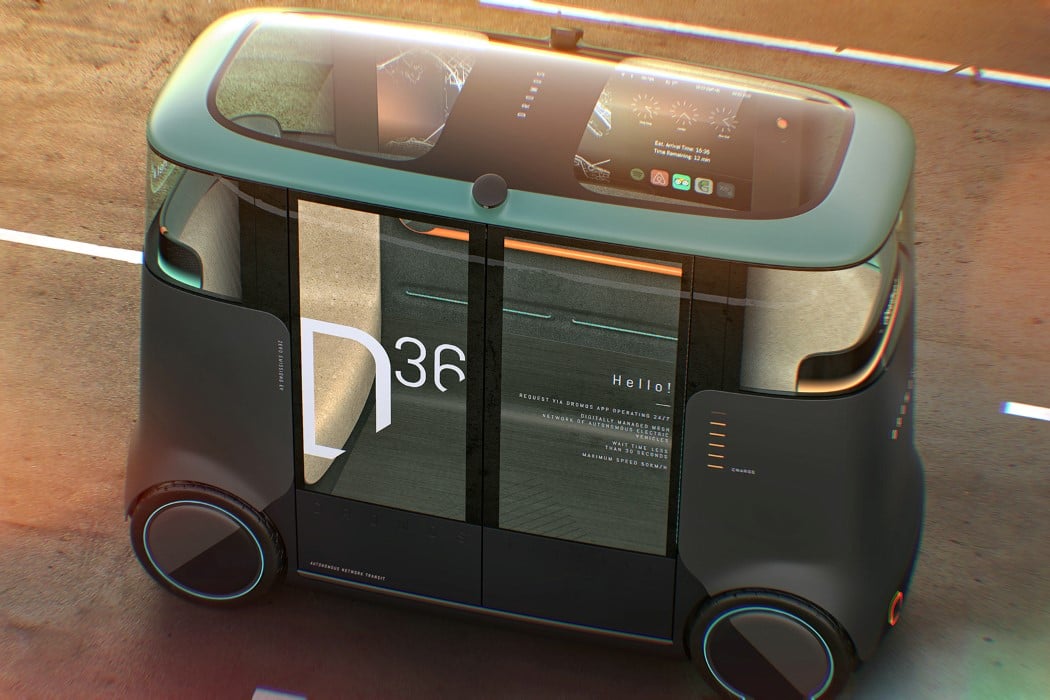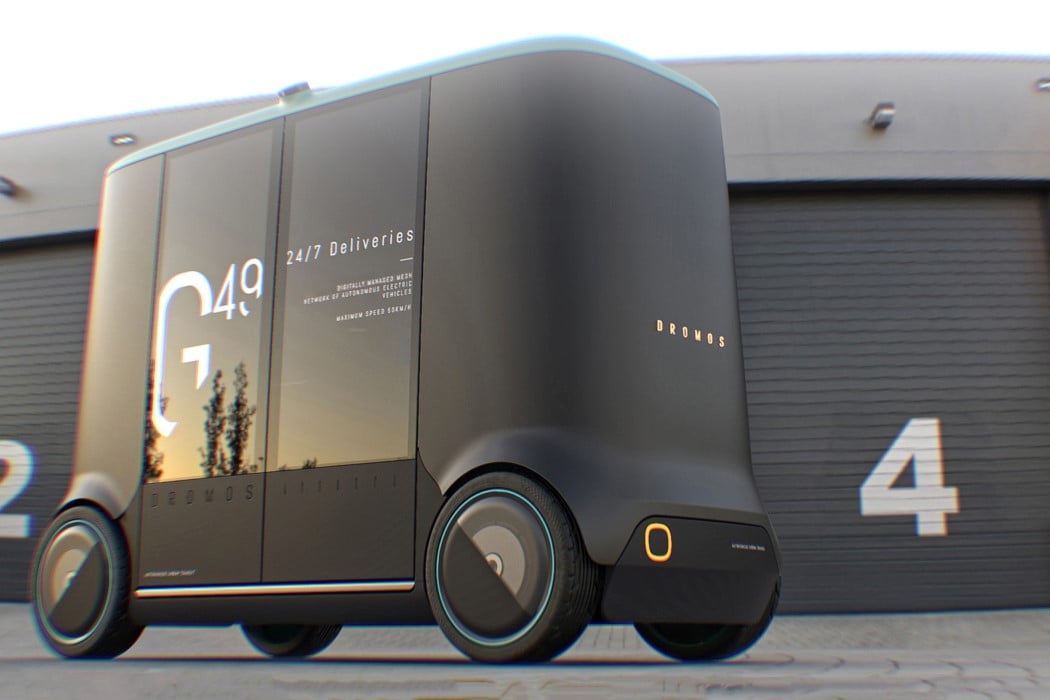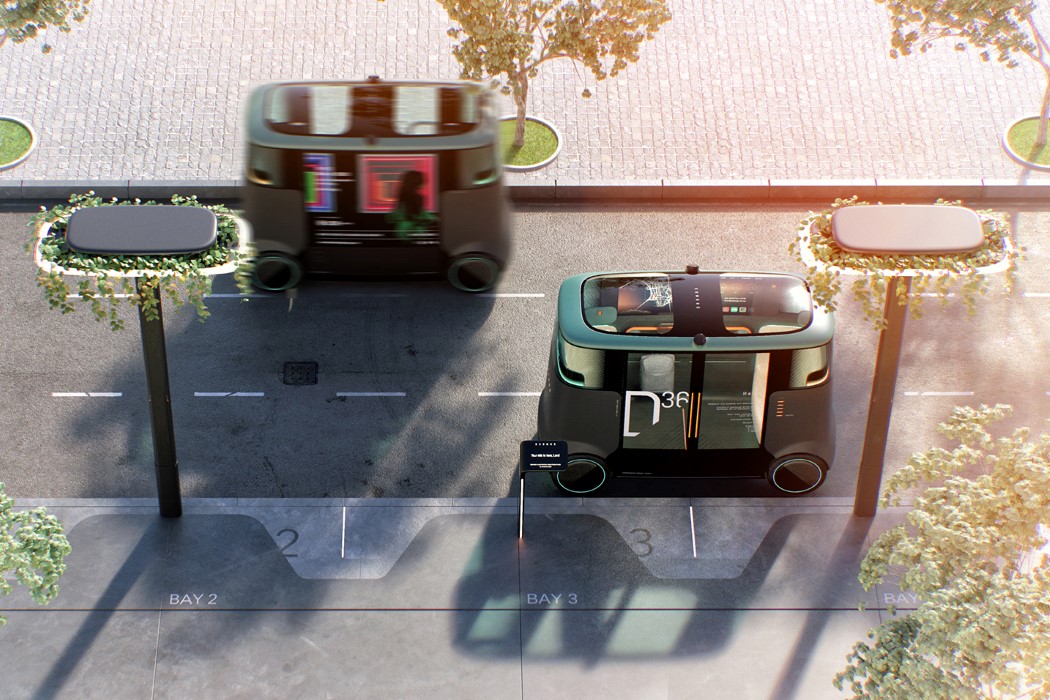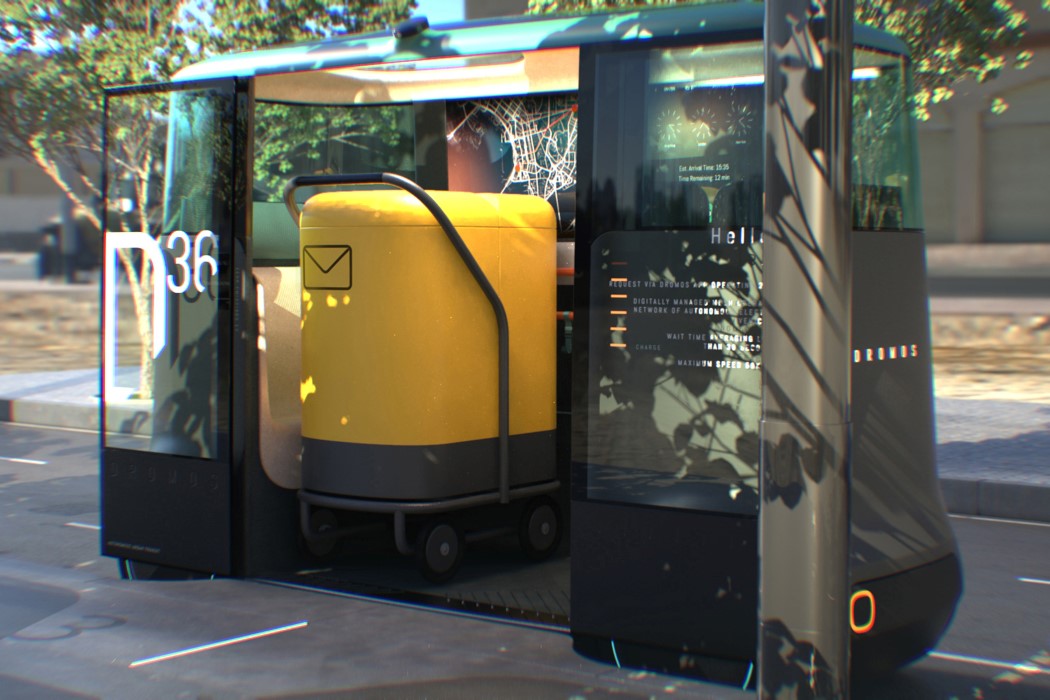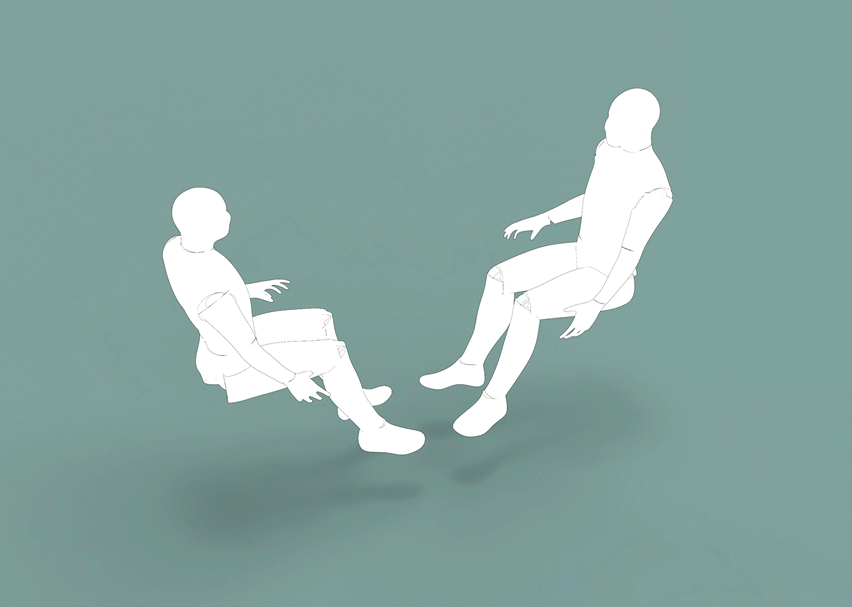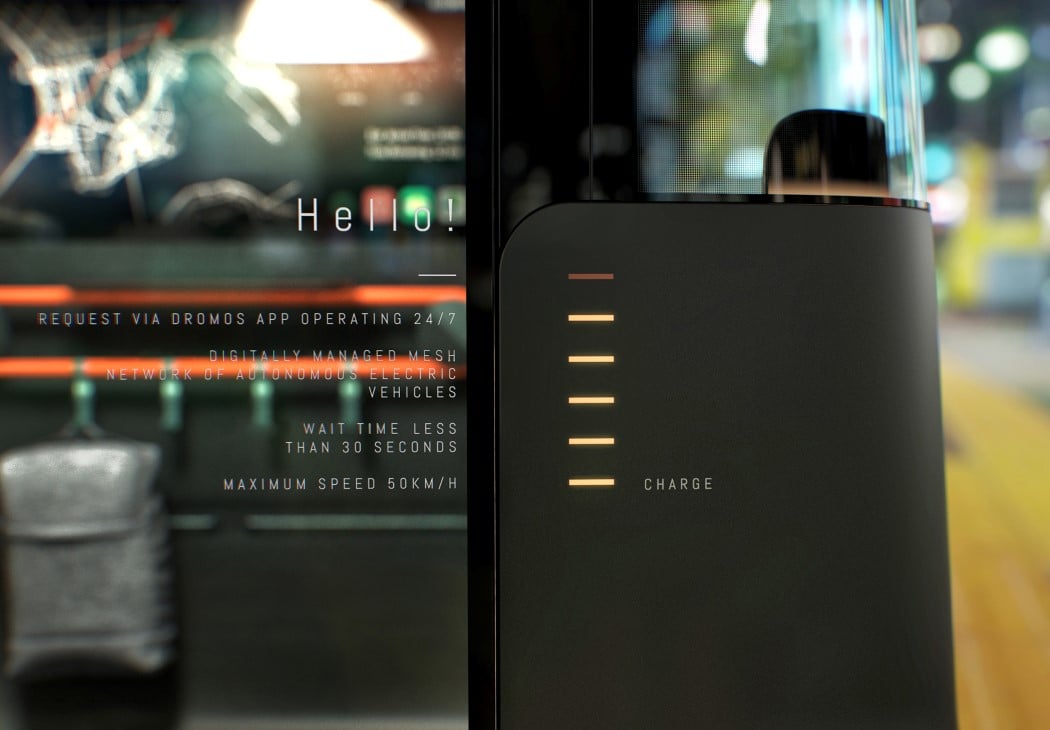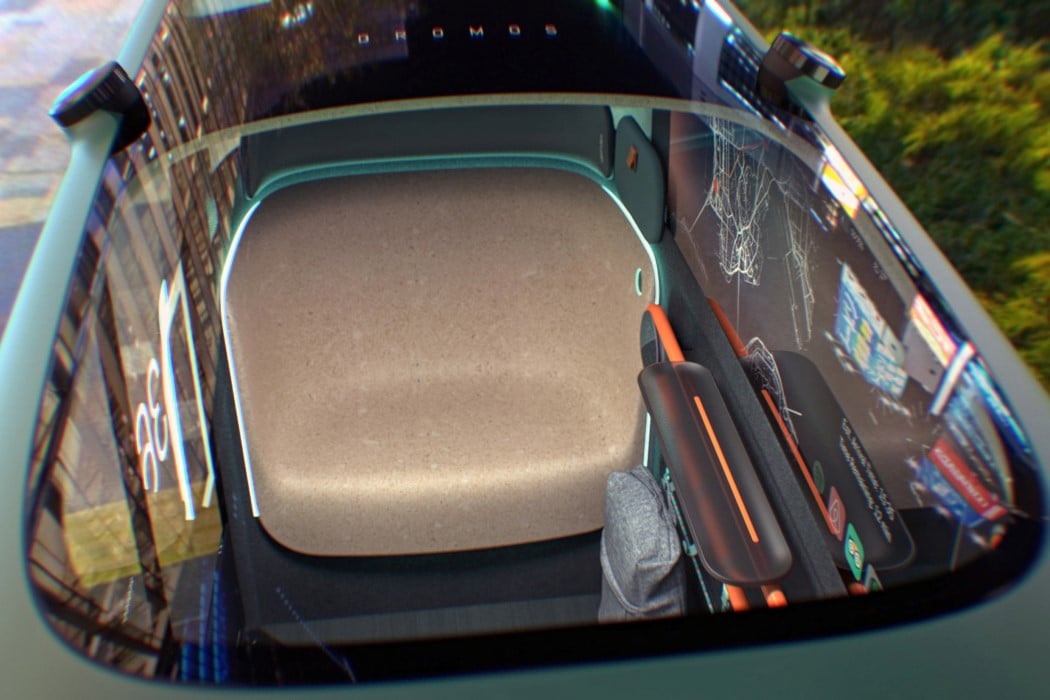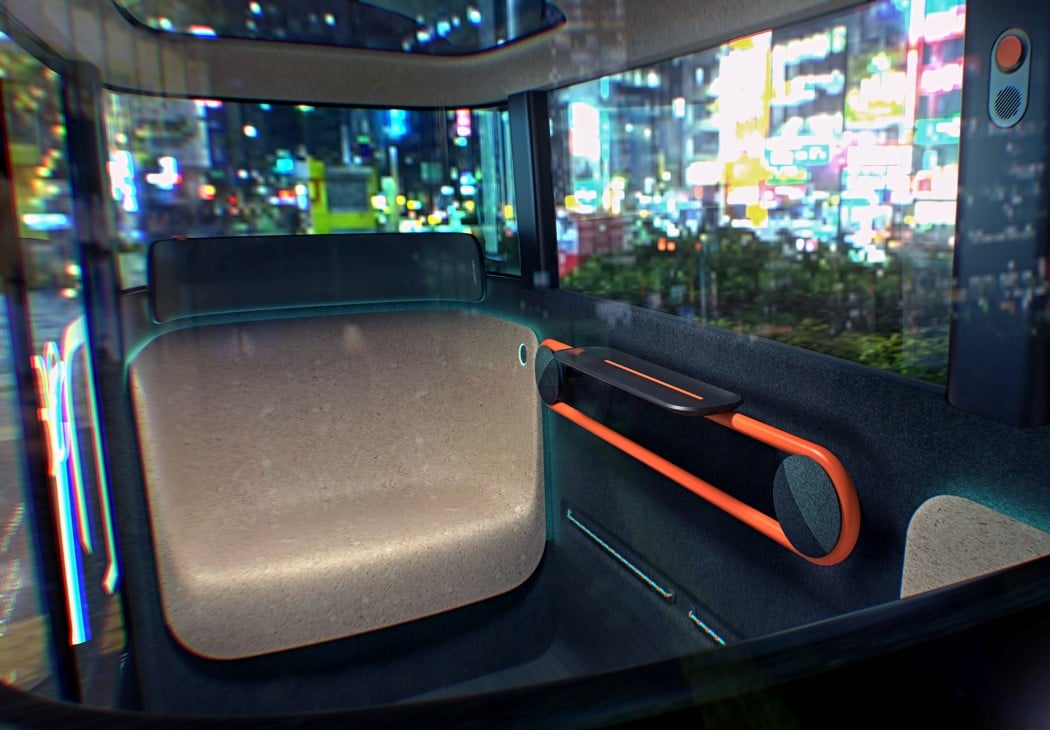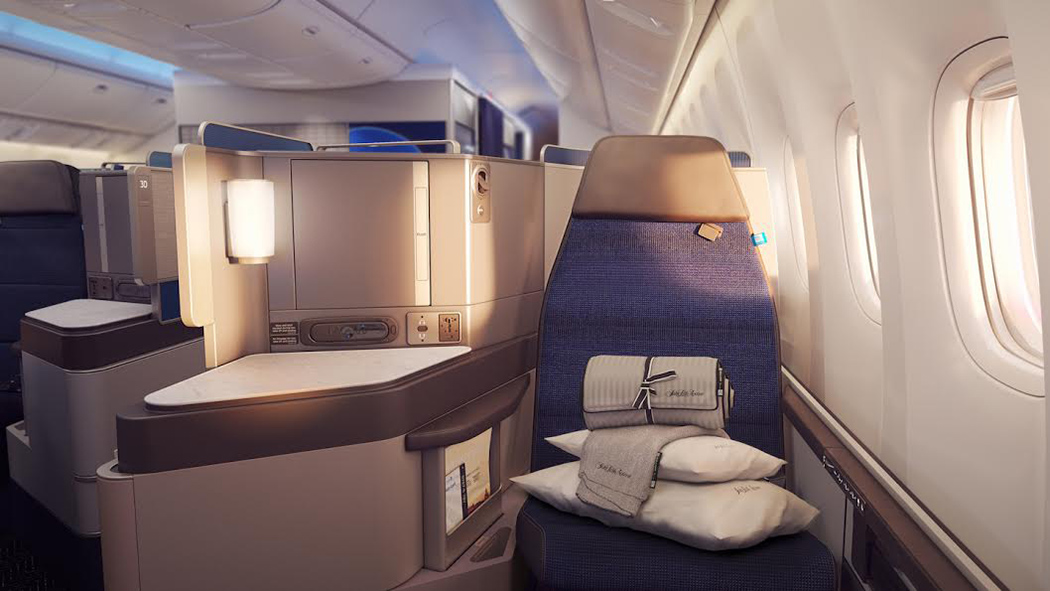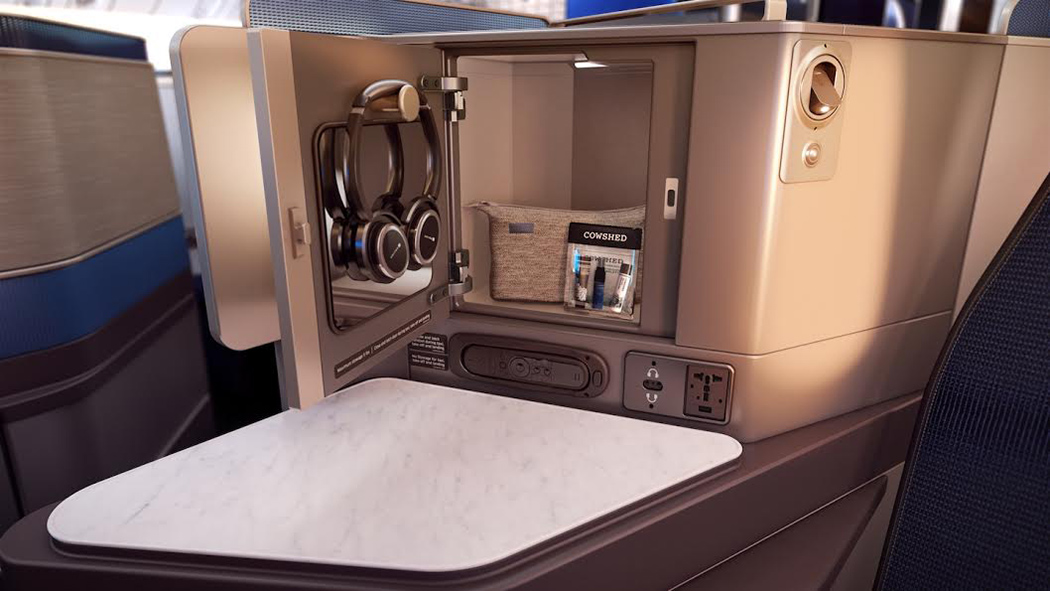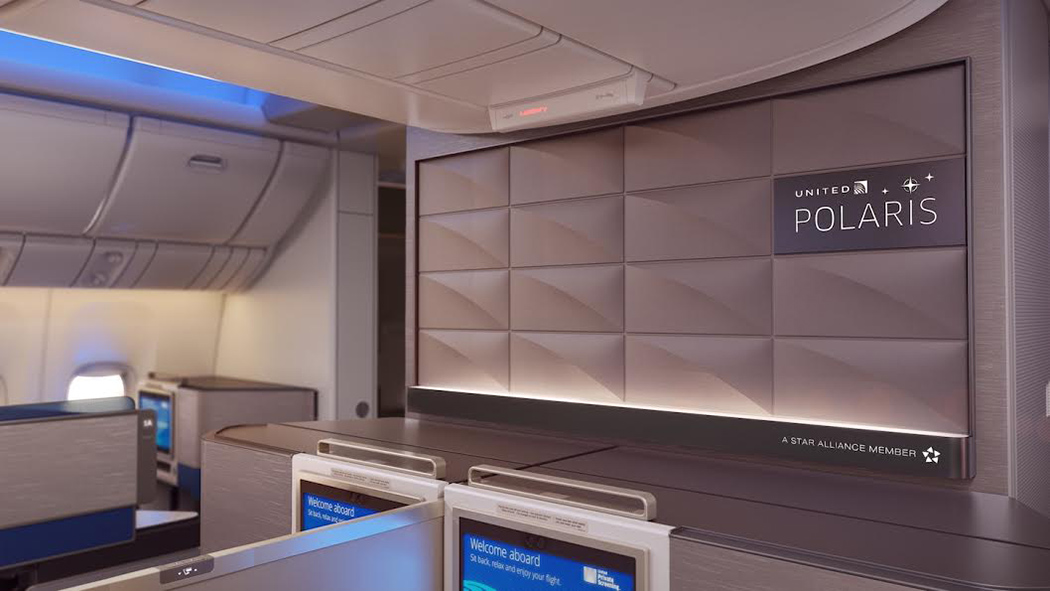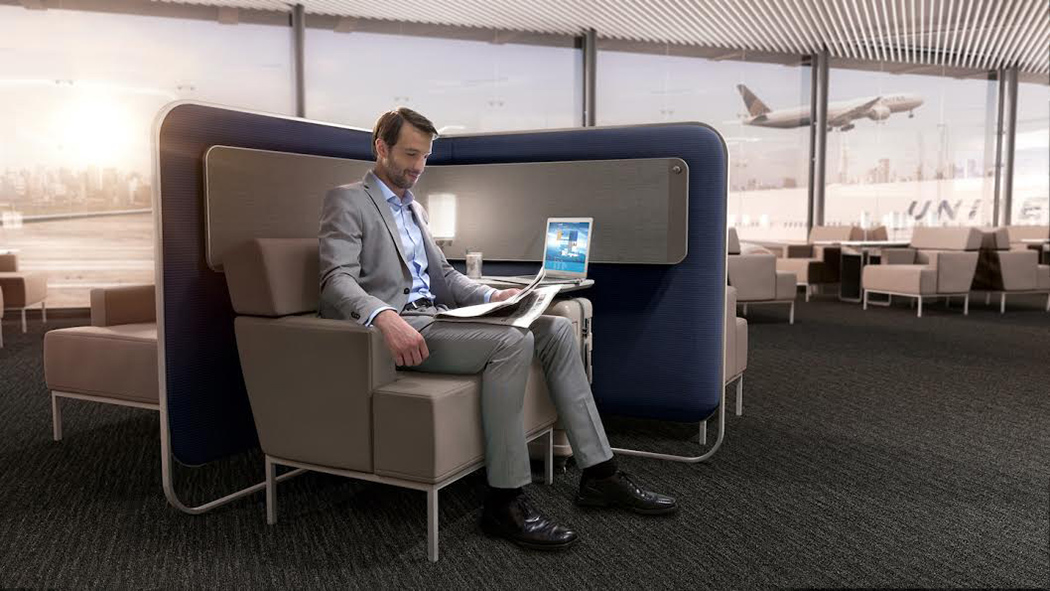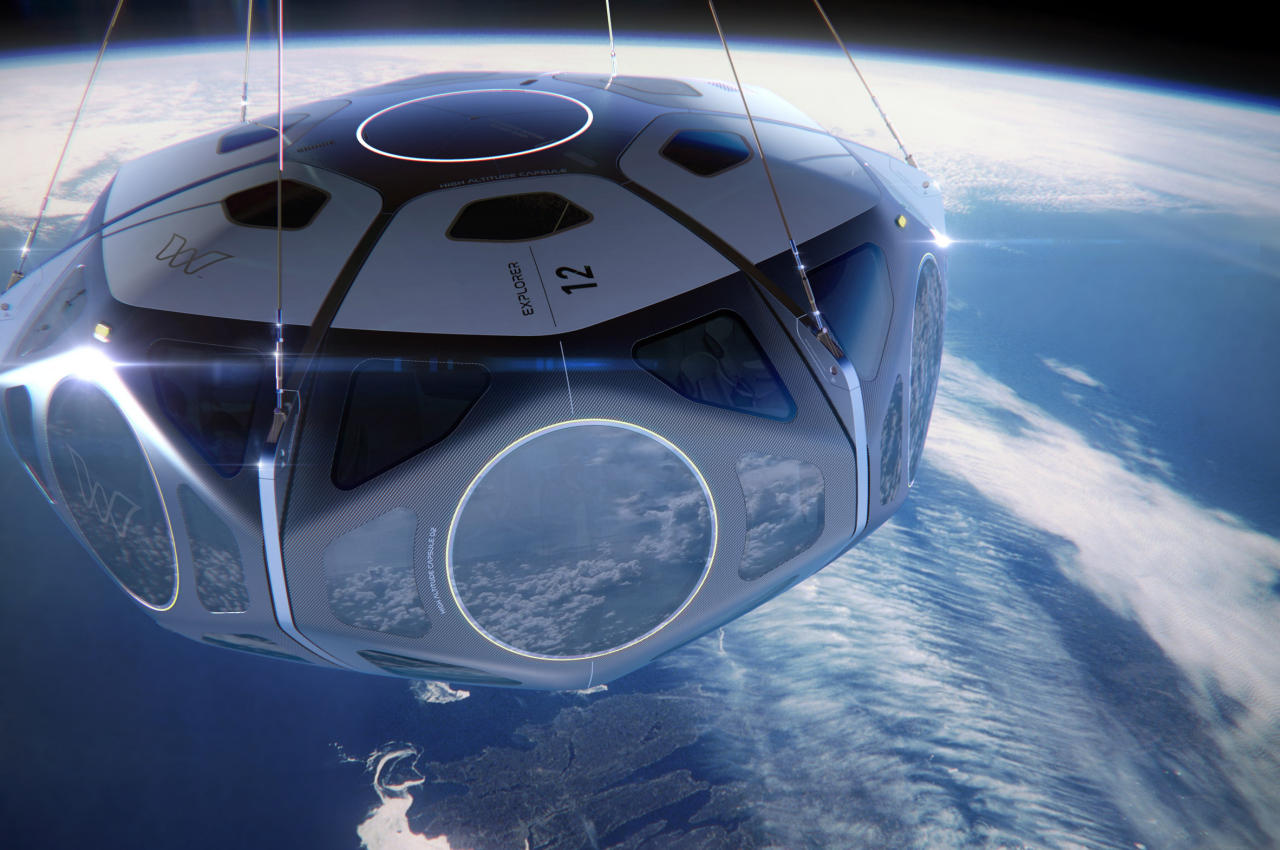
Space is often said to be the next frontier, at least as far as discovering new places and information goes. Most of us, however, still have a lot to learn about our own planet, especially since we rarely see the Earth from a different point of view. Space, at least those few hundred kilometers beyond our atmosphere, offers that perfect vantage point that will hopefully give us a different and better perspective of our home, literally and figuratively. That’s the kind of life-changing experience that the budding space tourism is promising, and one company is trying to promote a different kind of experience that’s meant to be enjoyed in a relaxing manner rather than the thrilling adventure the likes that Blue Origin, SpaceX, or Virgin Galactic want to give.
Designer: PriestmanGoode
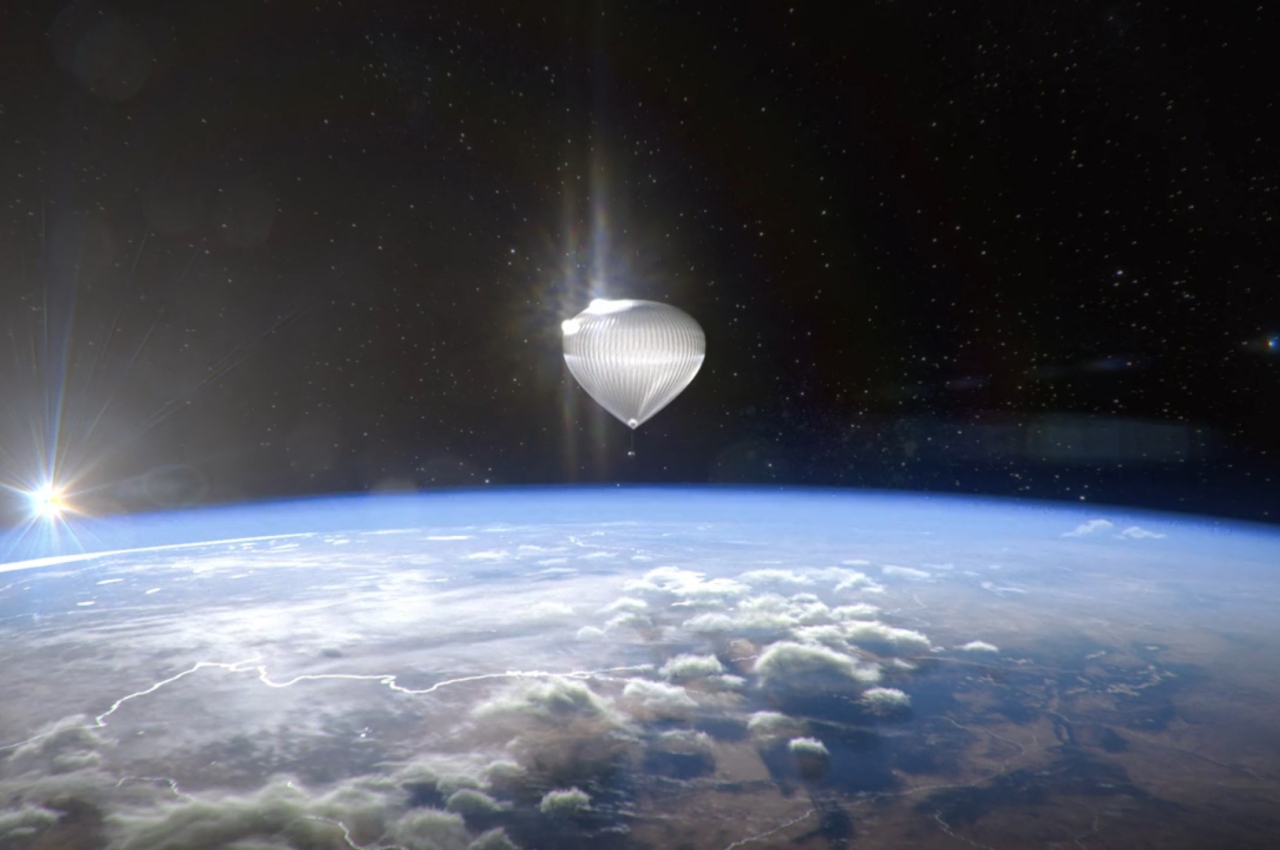
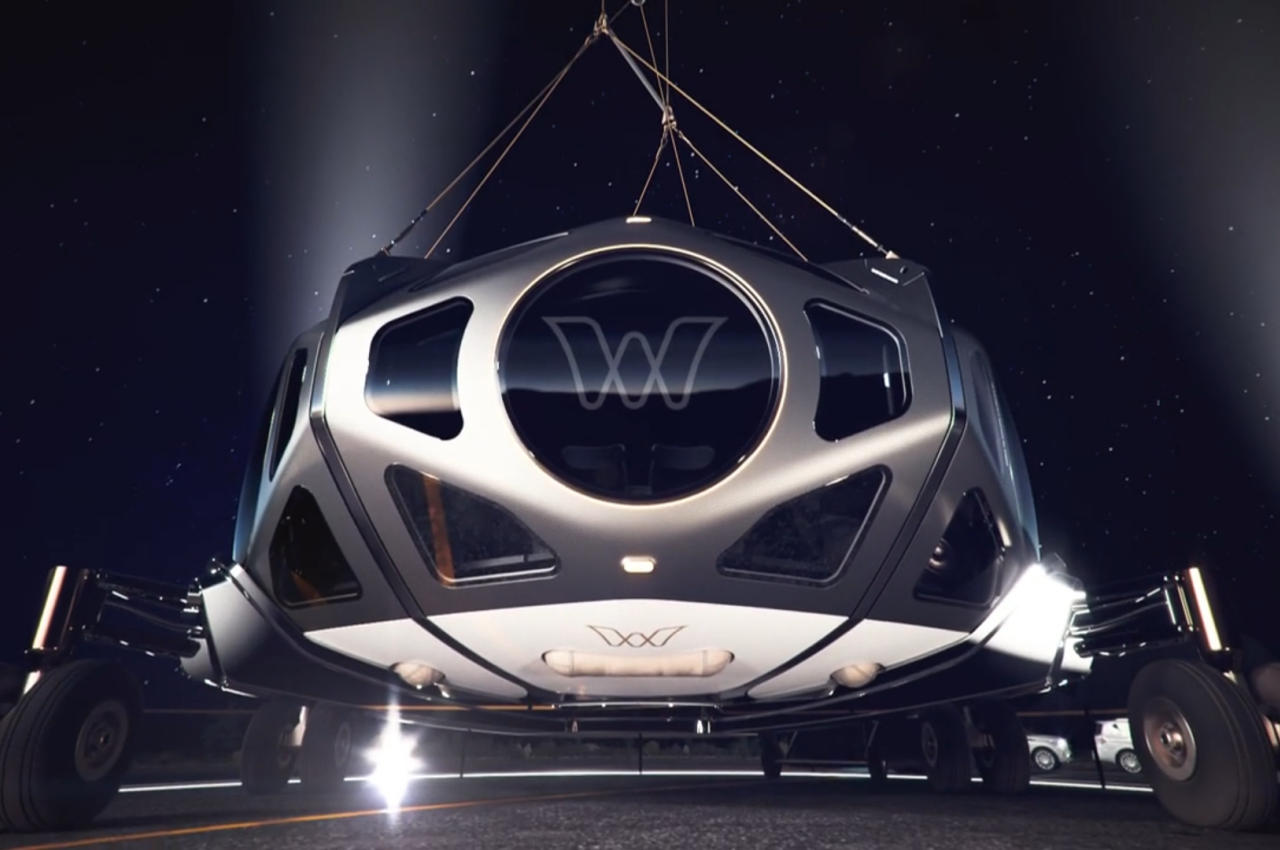
When you hear the phrase “space tourism,” you will most likely imagine trips beyond our atmosphere aboard typical spacecraft like rockets. Indeed for companies like Elon Musk’s SpaceX and Jeff Bezos’ Blue Origin, that’s the most conventional way to reach the skies. Virgin Galactic, on the other hand, is taking the runway less traveled with a spaceship that takes off like an airplane, reducing the need for expensive and risky rocket launches.

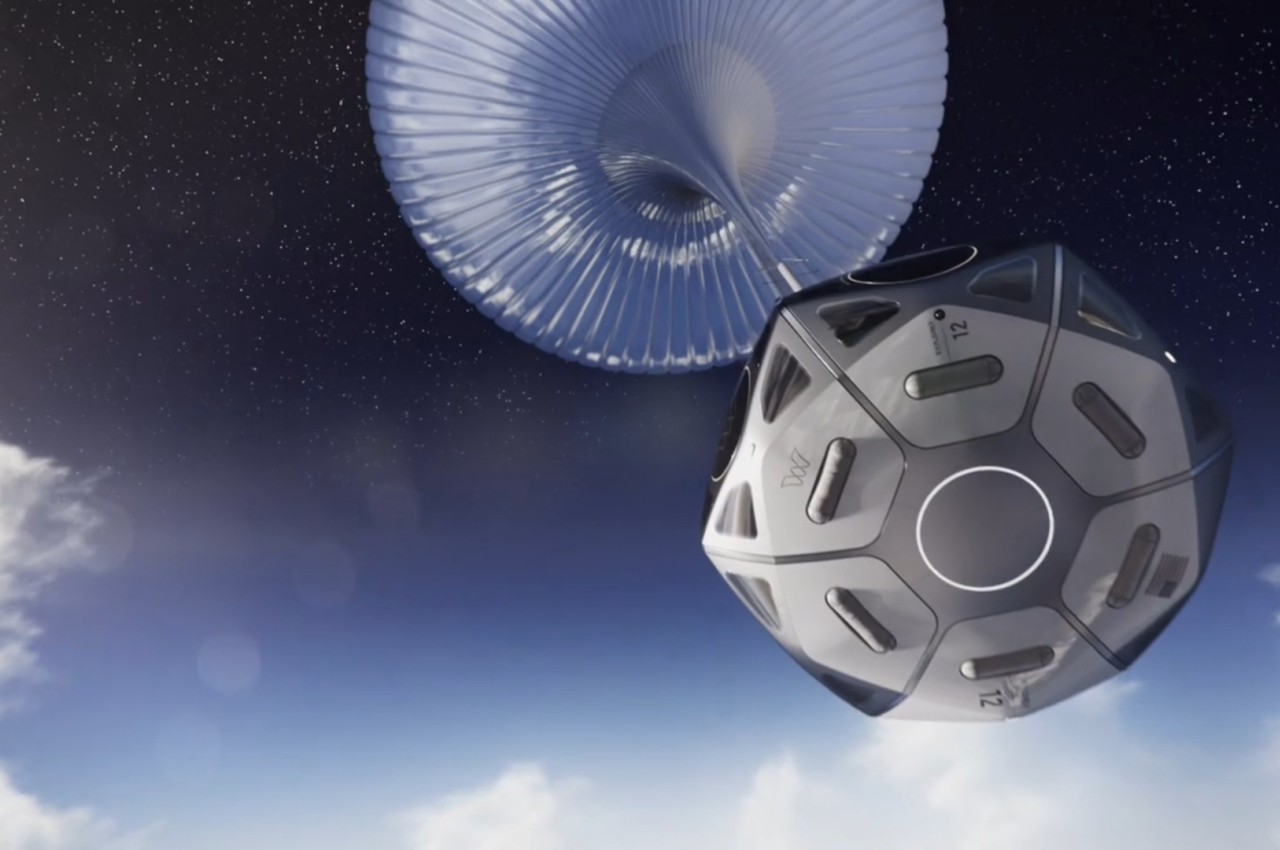
These space travel experiences, however, offer just a brief glimpse of the world below them, lasting just a few minutes or an hour or two at most. They offer zero gravity, technically micro-gravity, experiences that often fill our imaginations and satisfy childhood dreams of becoming astronauts. These brief, exhilarating moments might be enough for an adventure of a lifetime, but it’s hardly the only way we can enjoy space or our planet from that altitude.
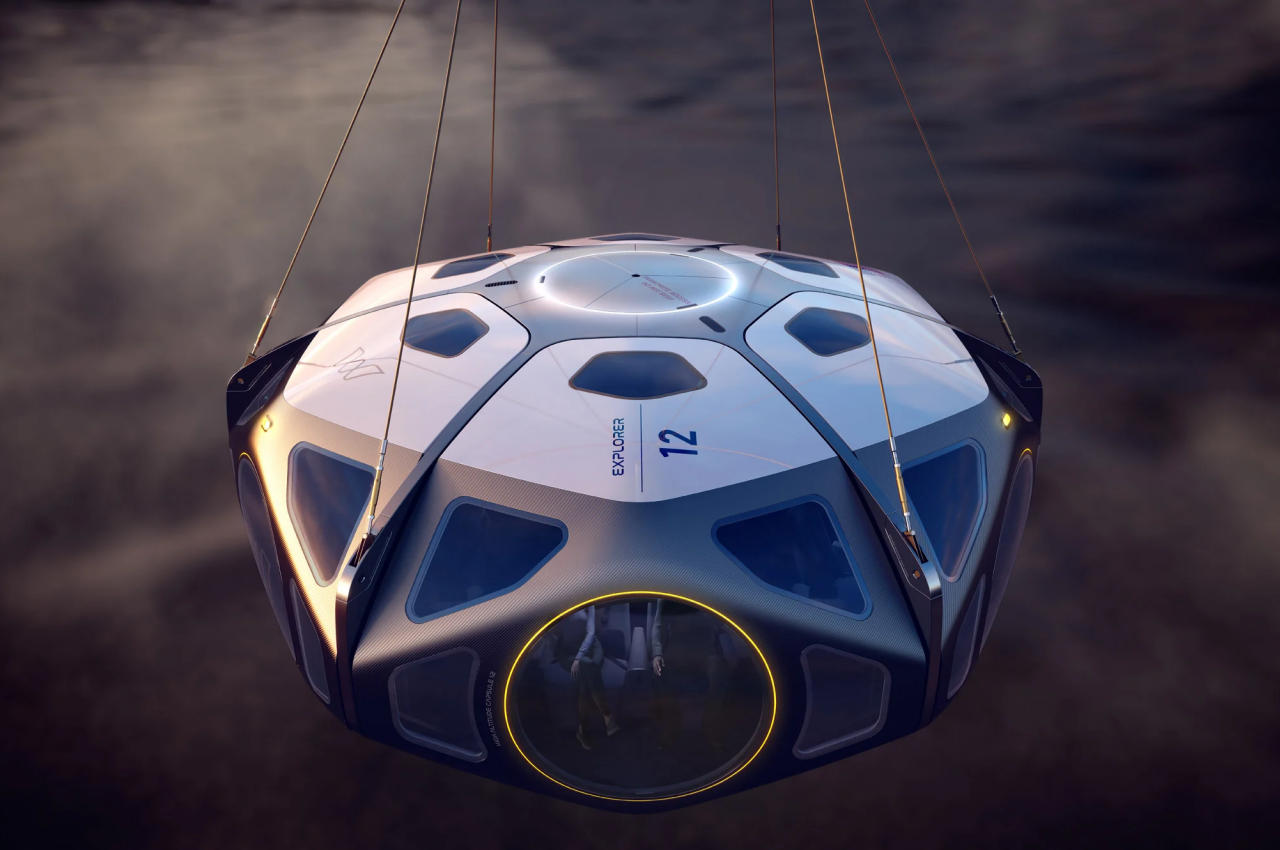
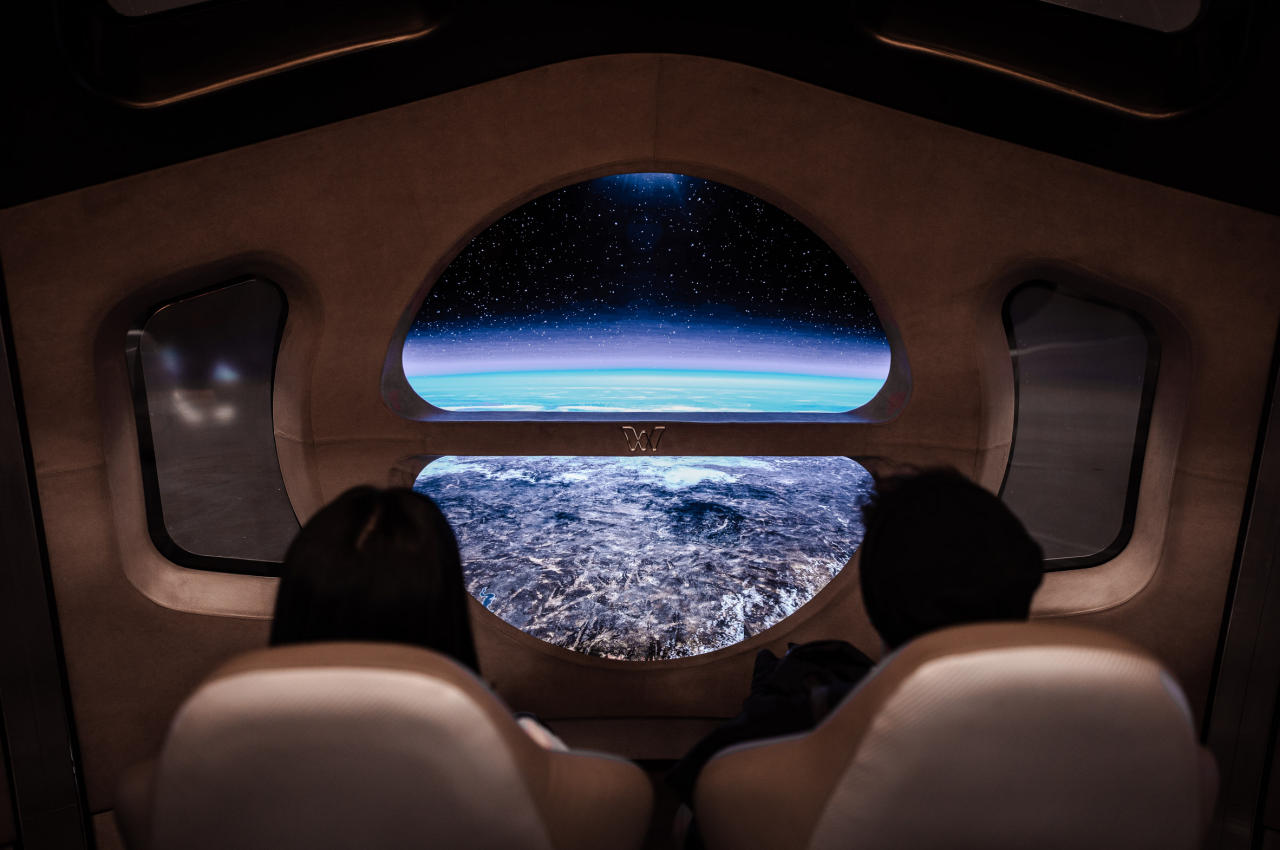
Just like a hot air balloon trip, World View is promising a more subdued experience but one that is just as enjoyable, especially since it stretches out to 6 to 12 hours. The balloon spacecraft “launches” just before dawn so that tourists get to see the sunrise from 30,000 meters above the Earth’s surface, just enough to see the planet’s curvature splitting Earth and space. After hovering for hours, the spacecraft slowly descends back to terra firma, gently and safely guided by parafoils.
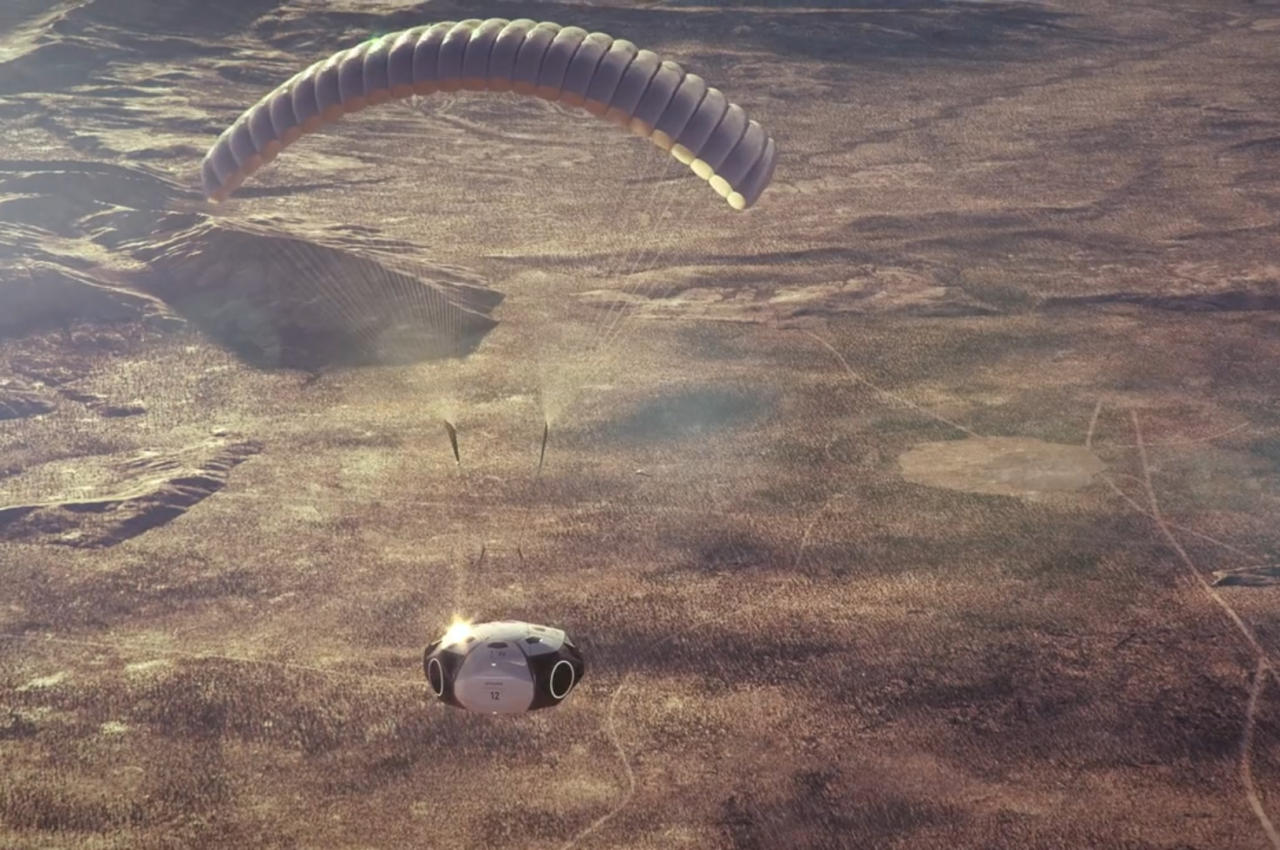
The “tour” doesn’t include that period of weightlessness as the cabin is pressurized and climate-controlled, prioritizing comfort over thrills. The spacious area has room for eight passengers and two professional crew members and has amenities like in-flight dining, a bar, and reclining seats. Oversized windows give passengers a nearly unobstructed view, while cameras pointing back down to Earth let them zoom in on surface details.
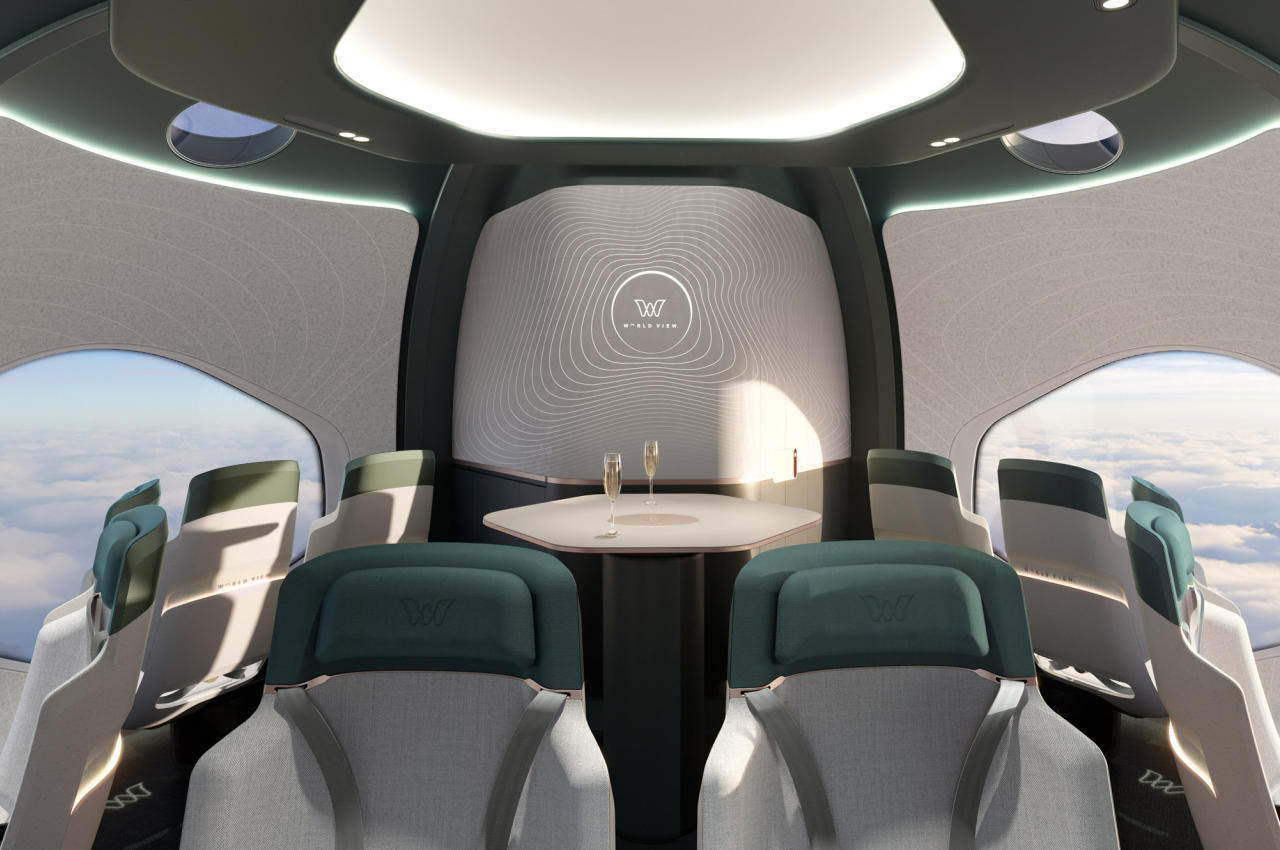
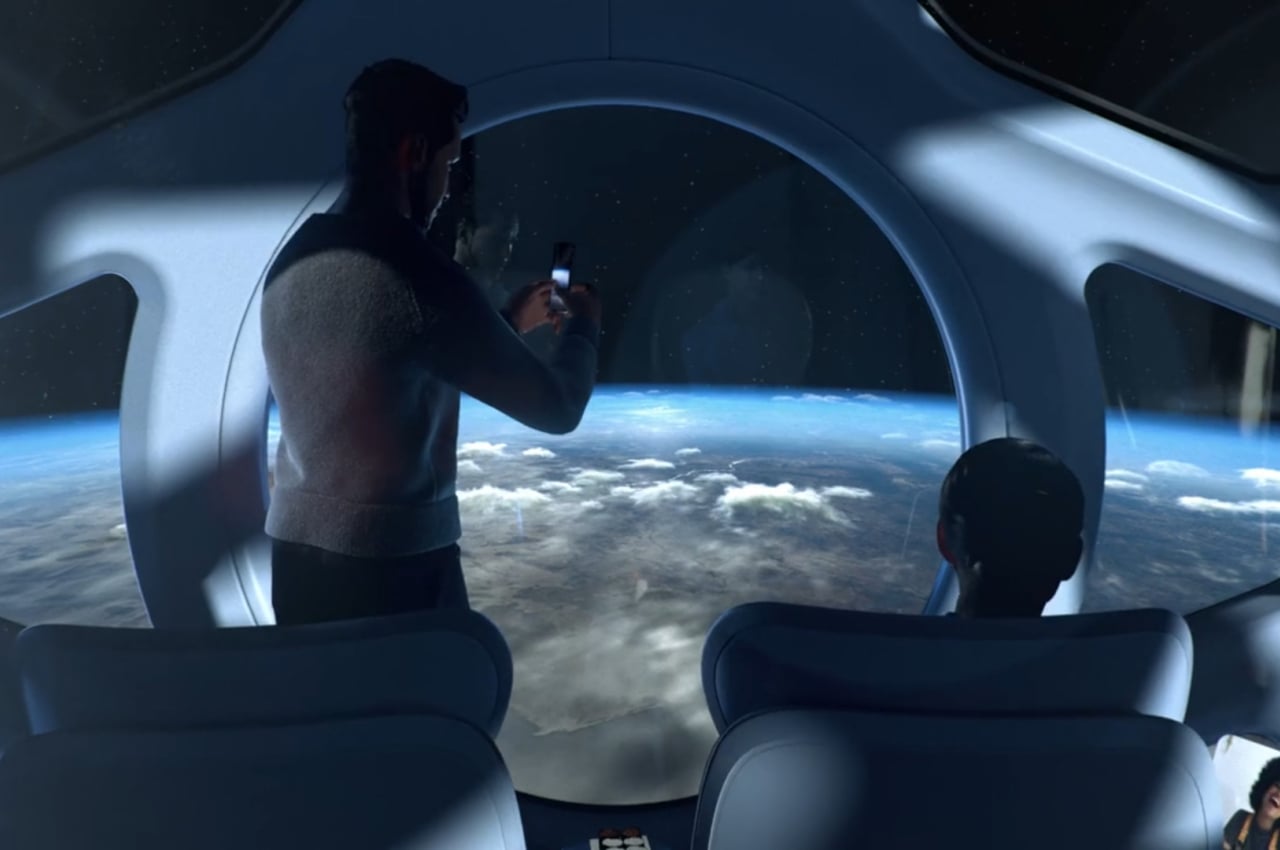
Carried only by helium, World View’s balloons could offer a more sustainable alternative to rockets that still use precious fuel to launch. Intended to be part of more luxurious and relaxed activities like team-building exercises or retreats, this kind of spacecraft and launch technology really put a different perspective on space tourism, one that passengers will be able to savor for hours to get their money’s worth.
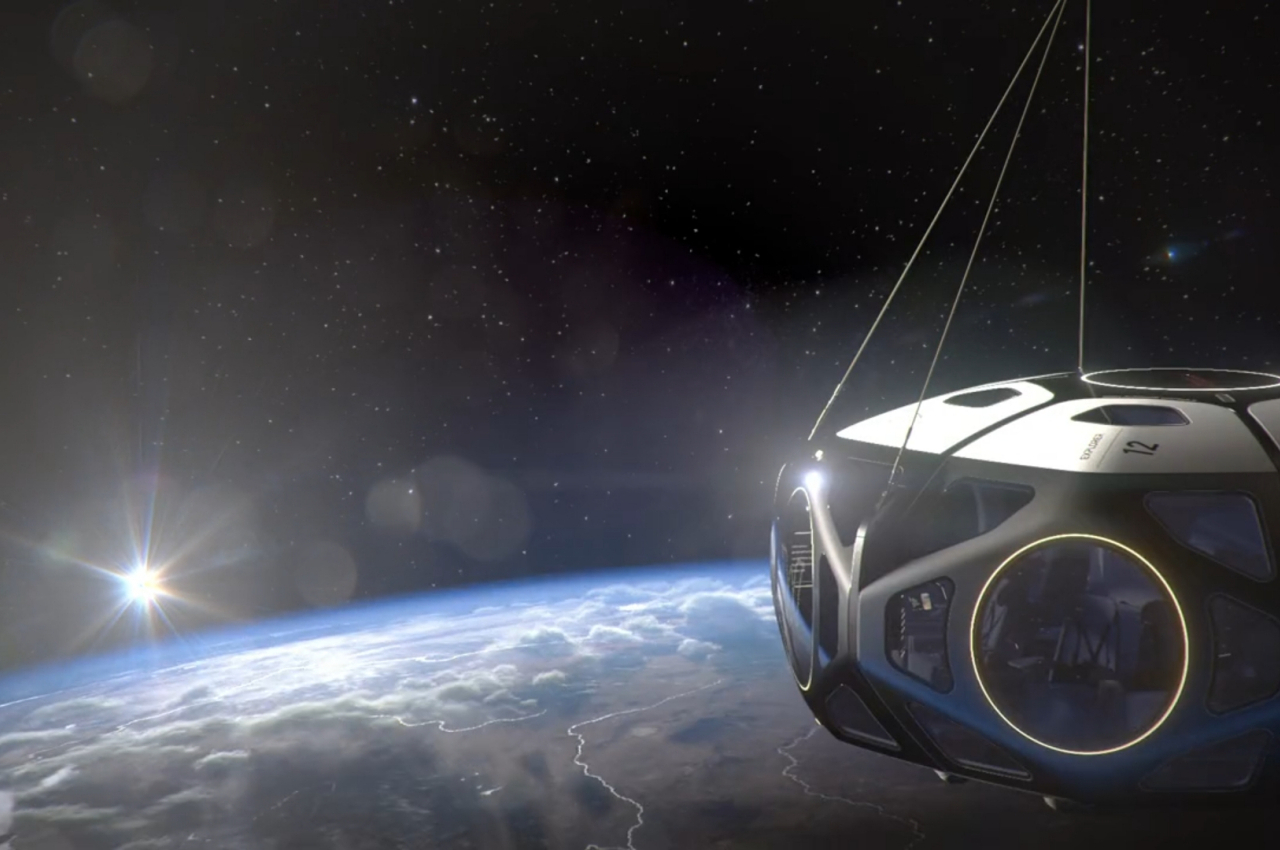
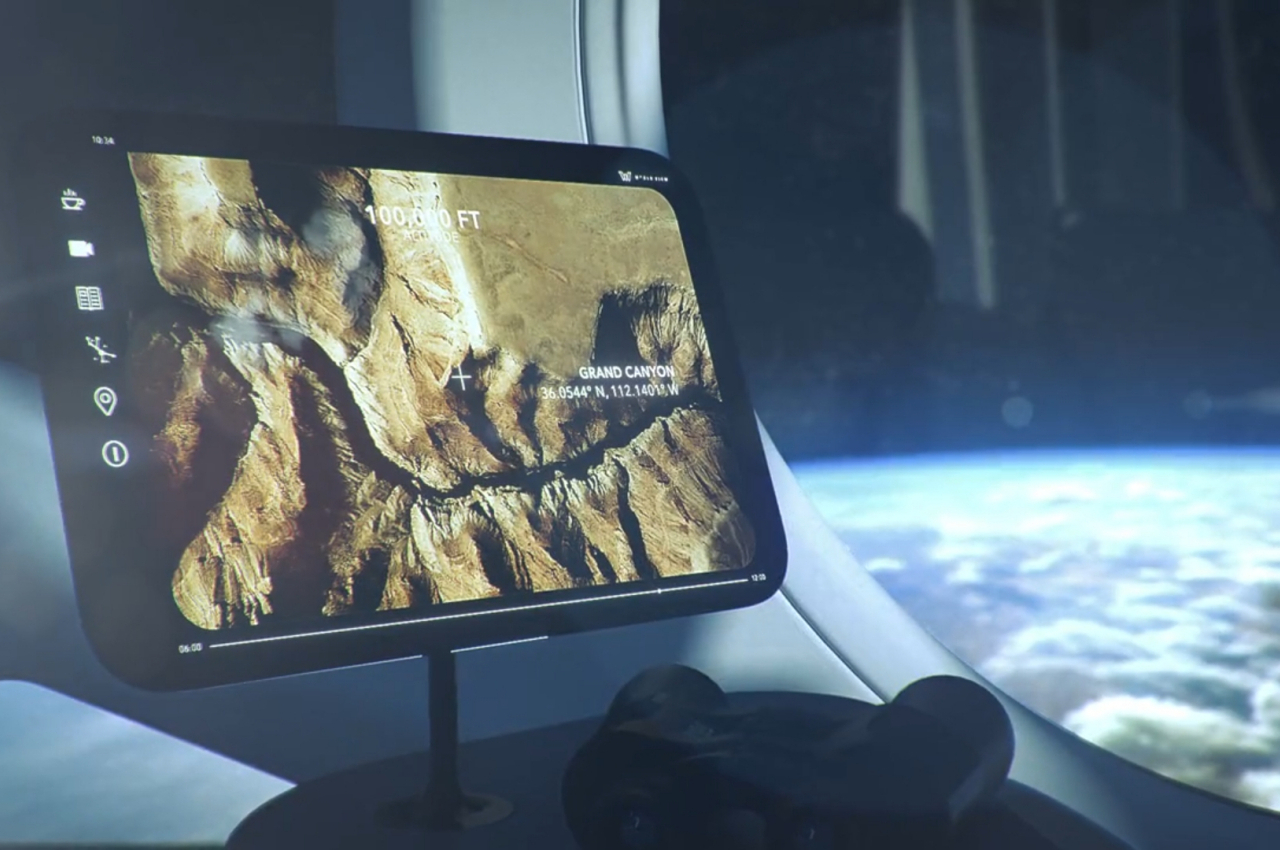
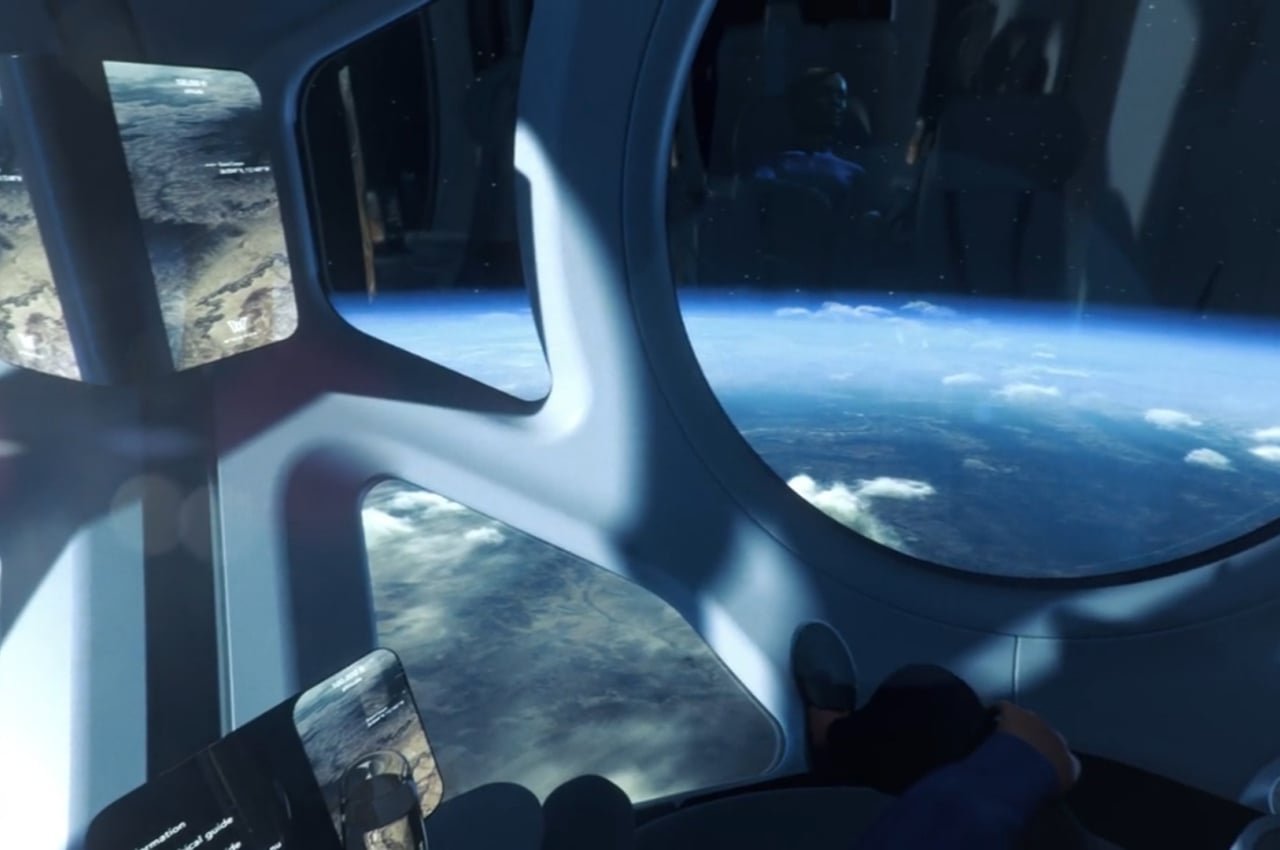
The post World View balloon spacecraft wants to take space tourism to new heights first appeared on Yanko Design.
